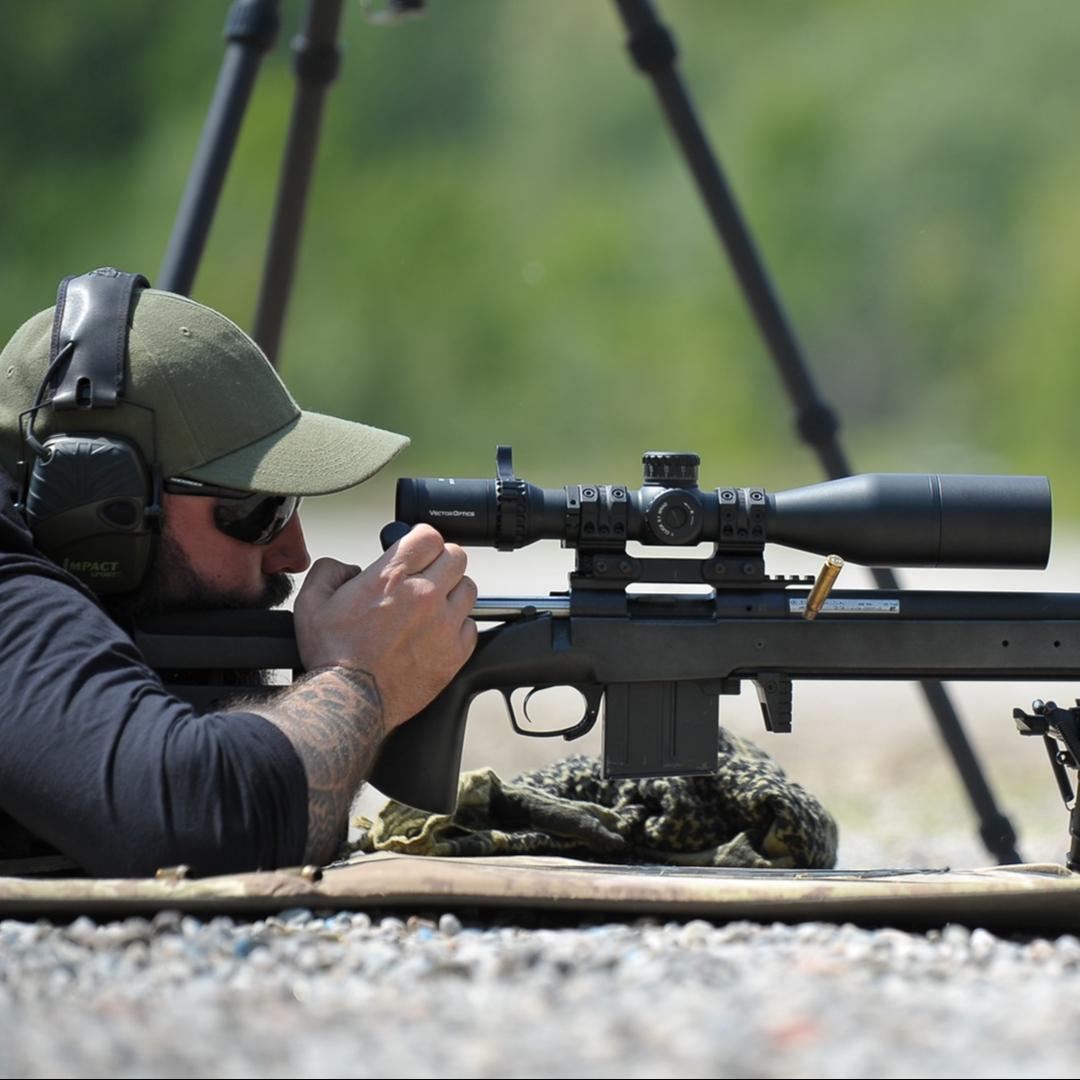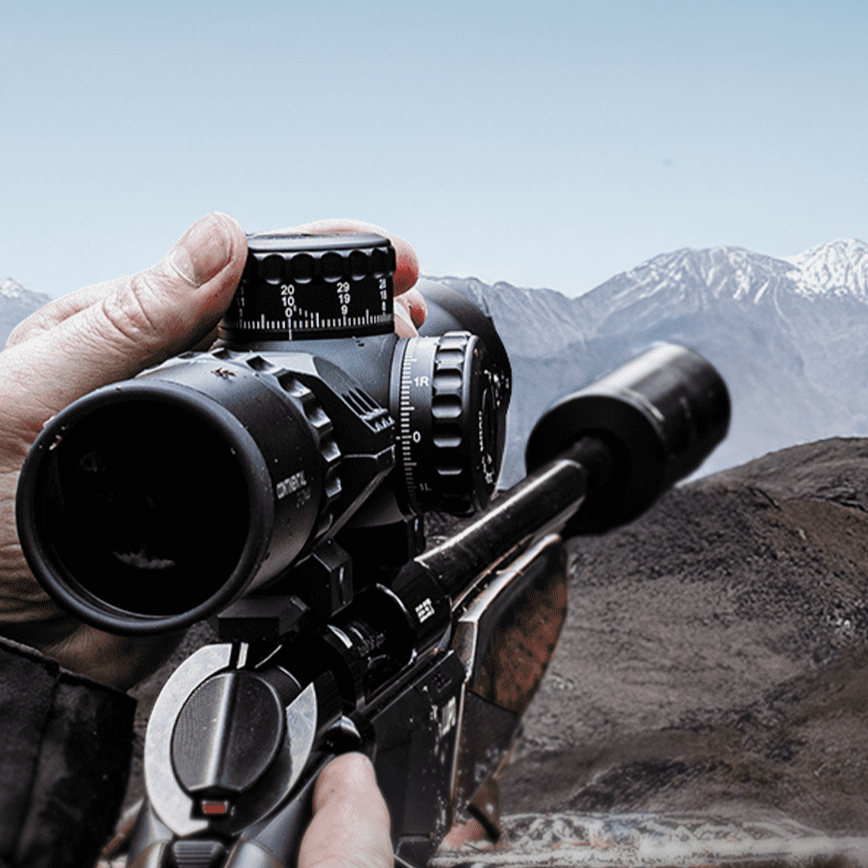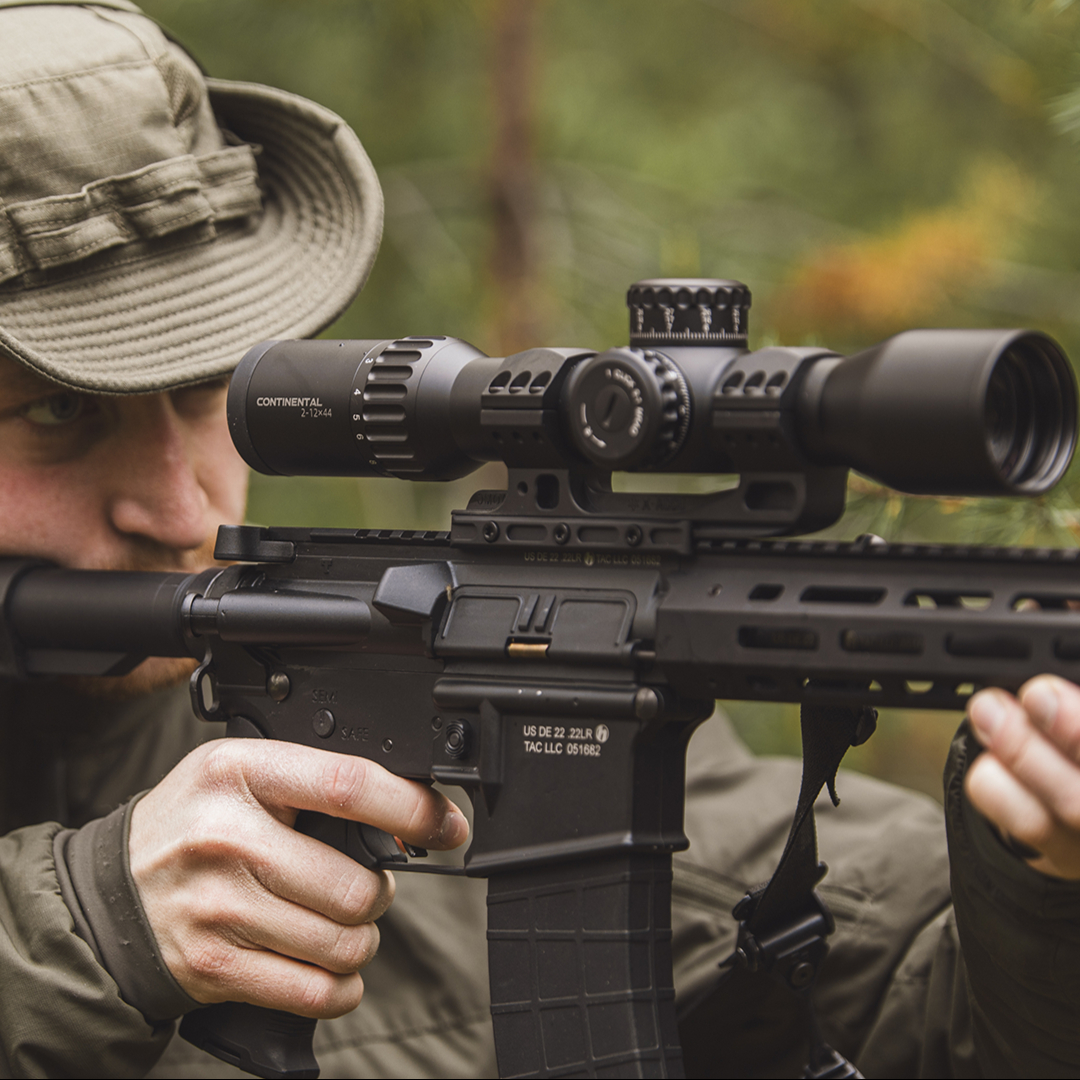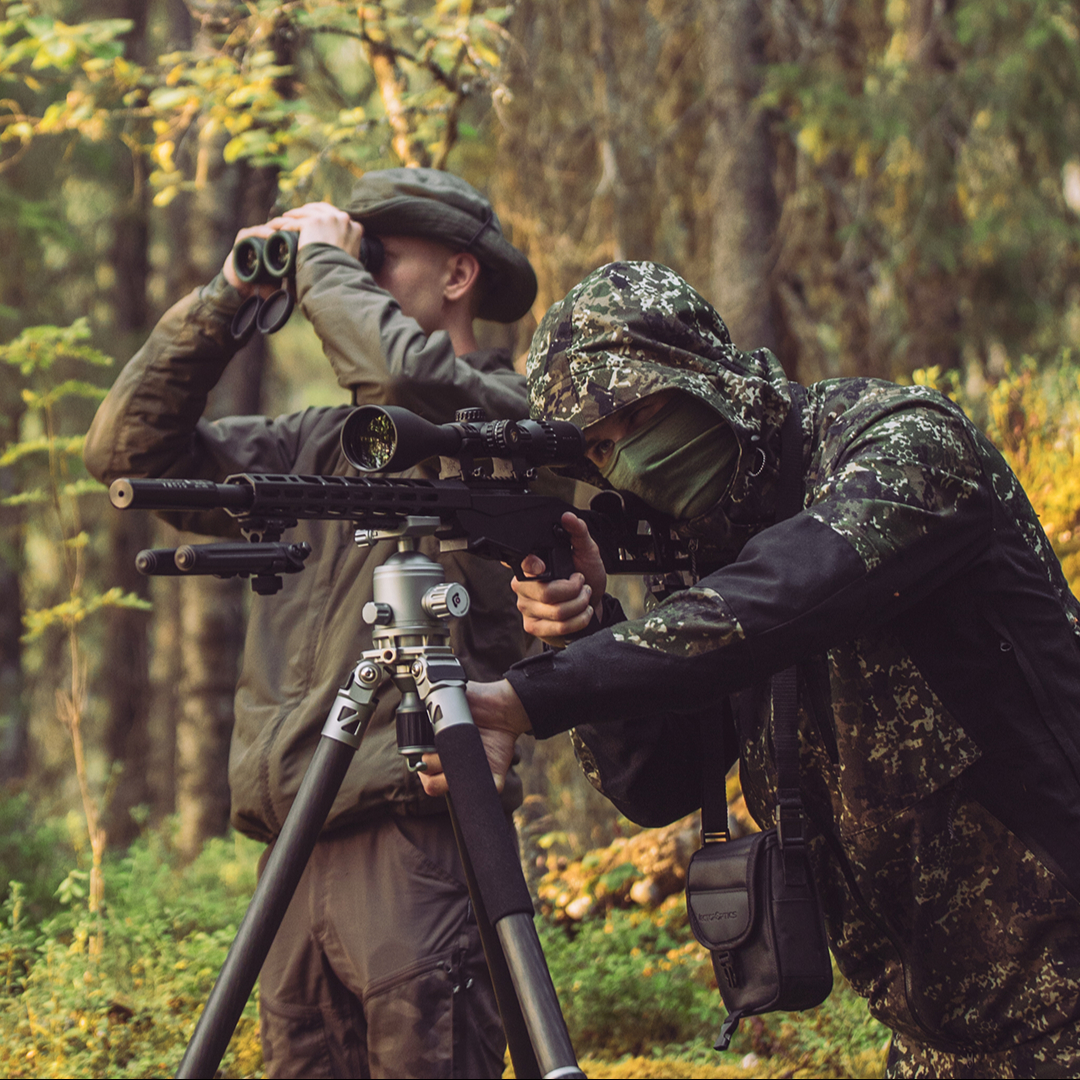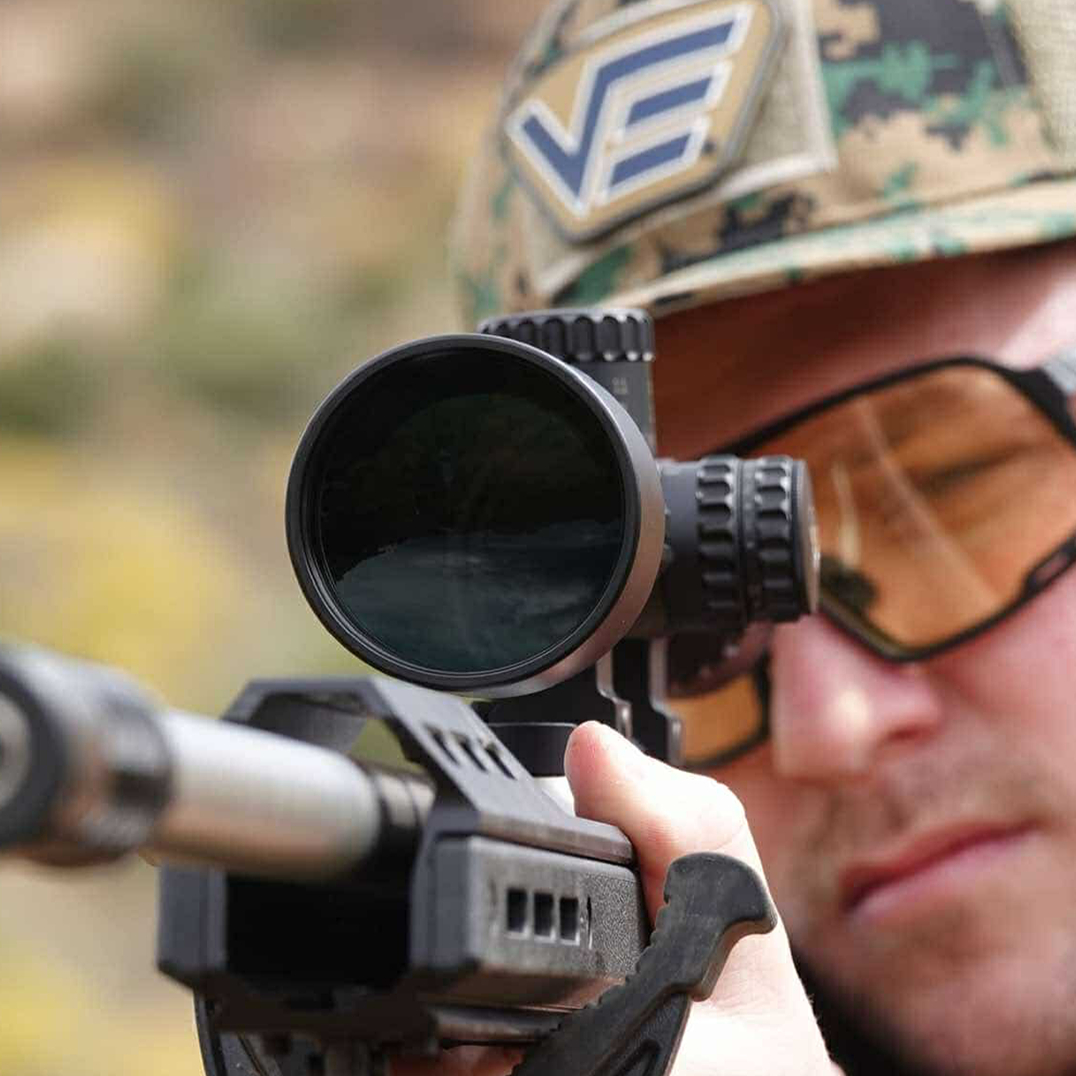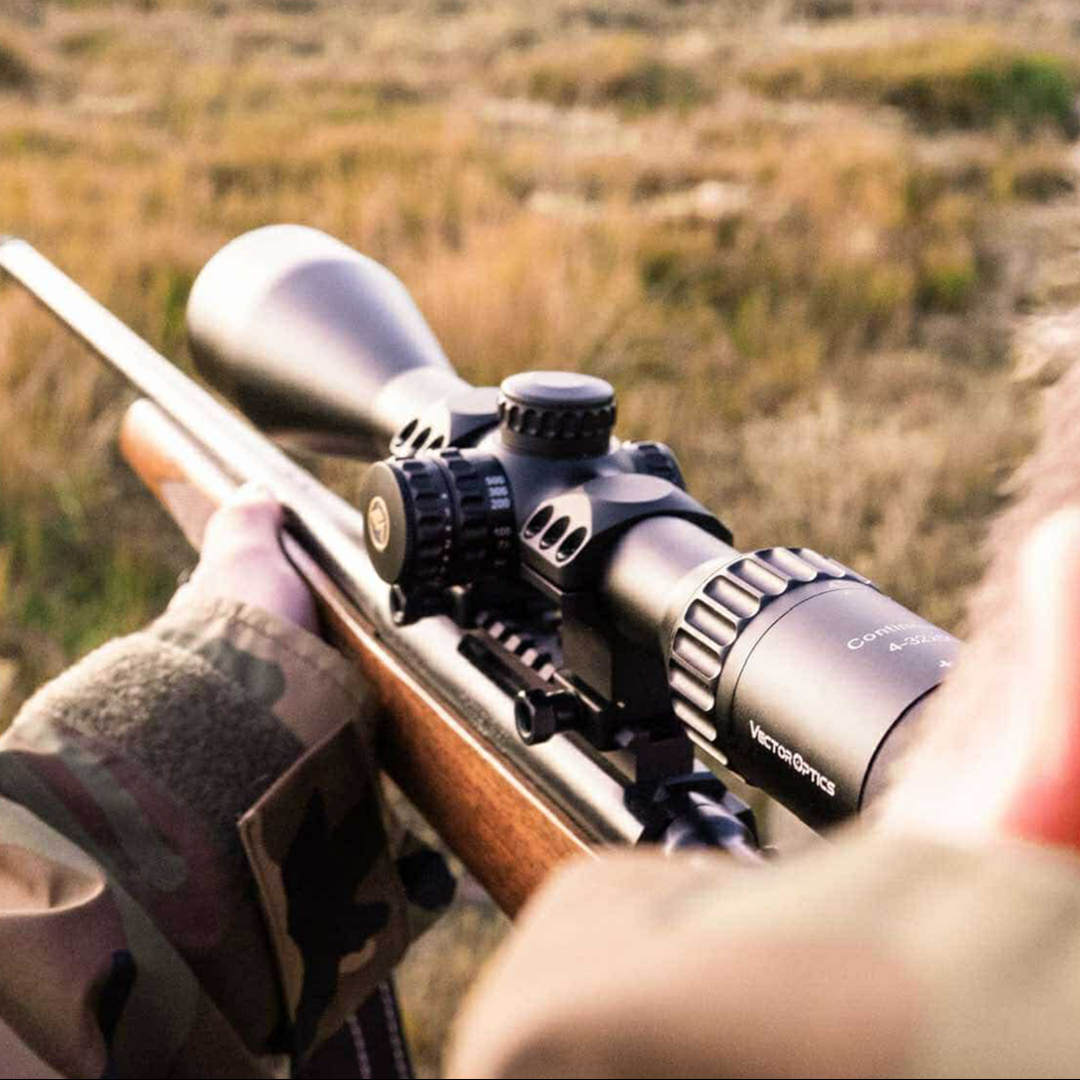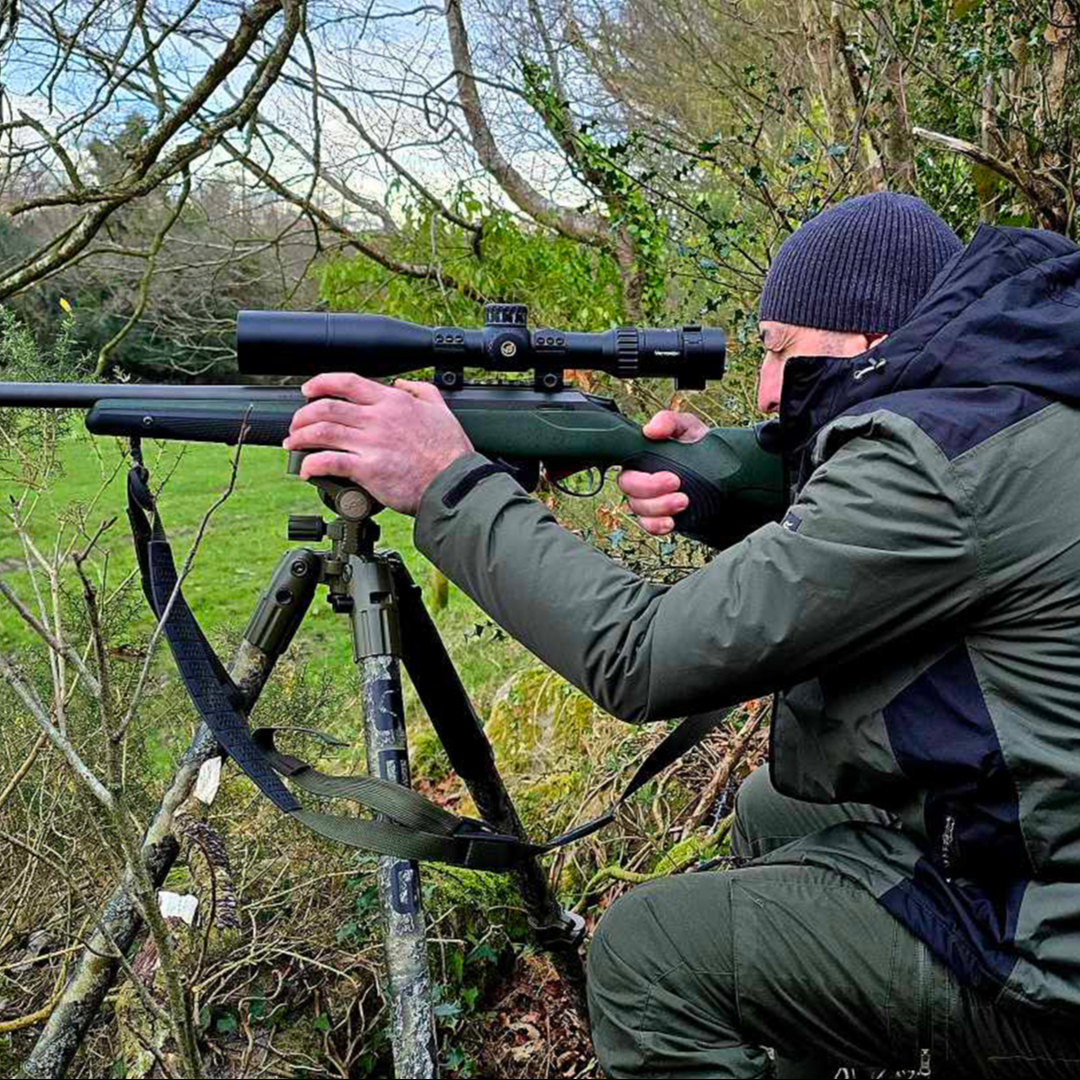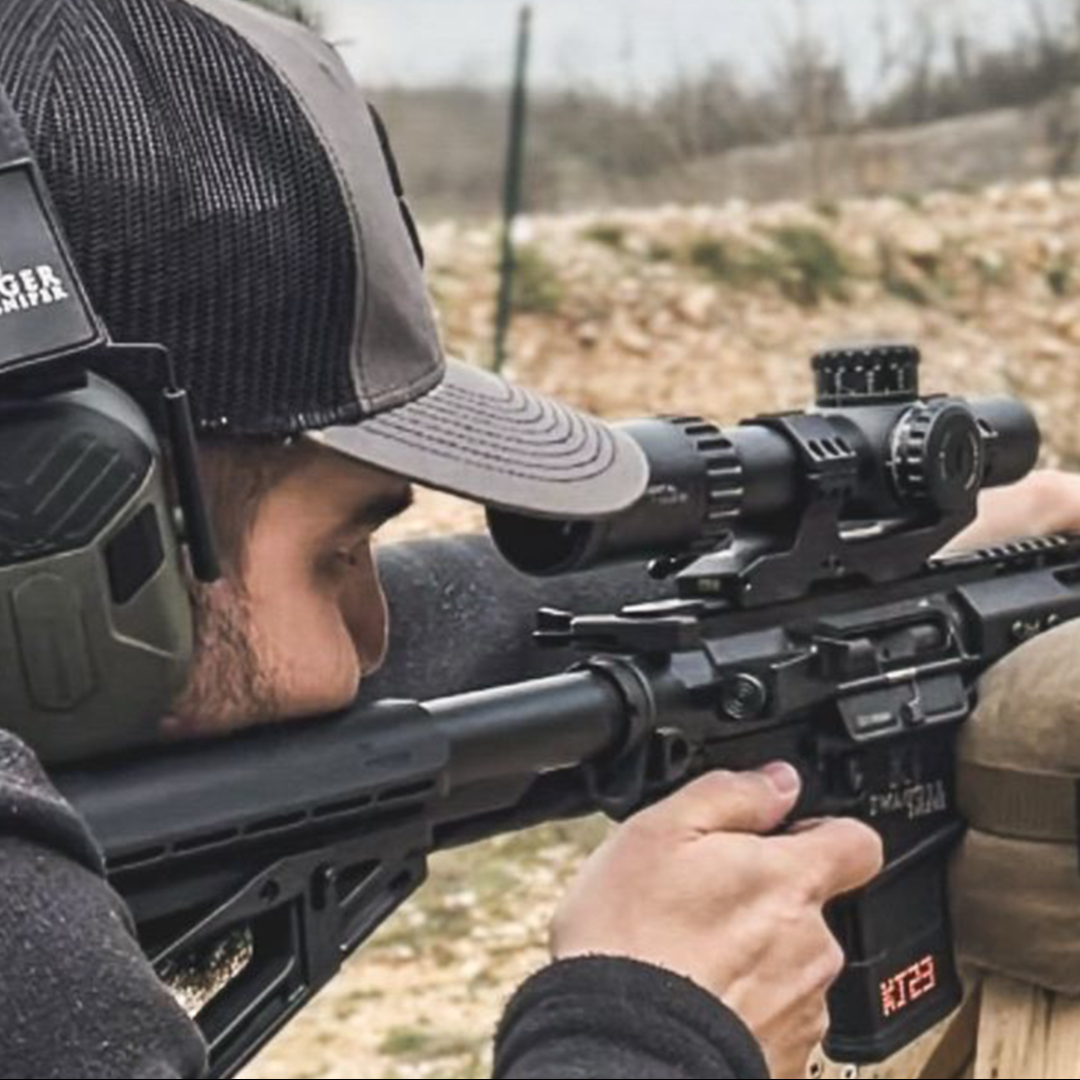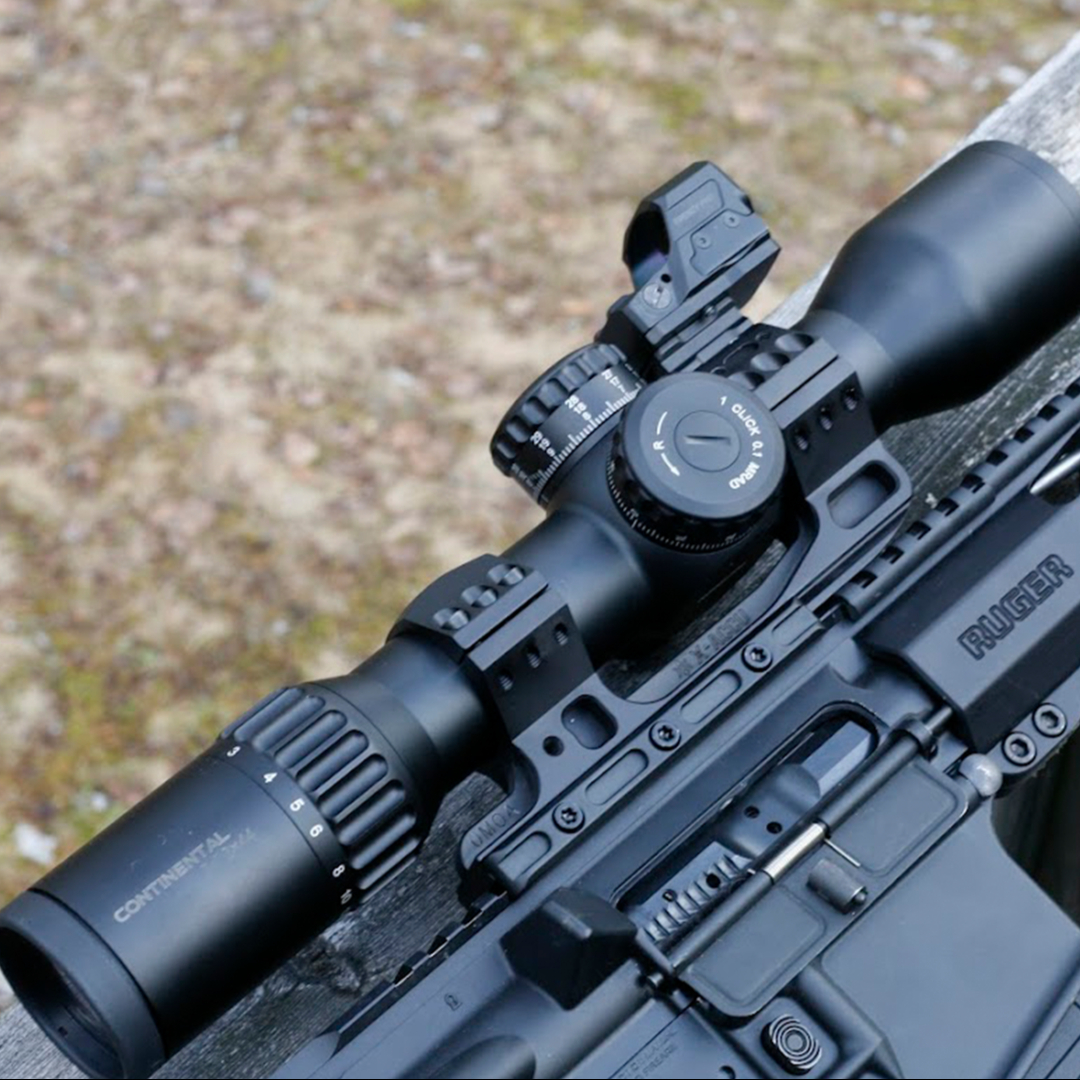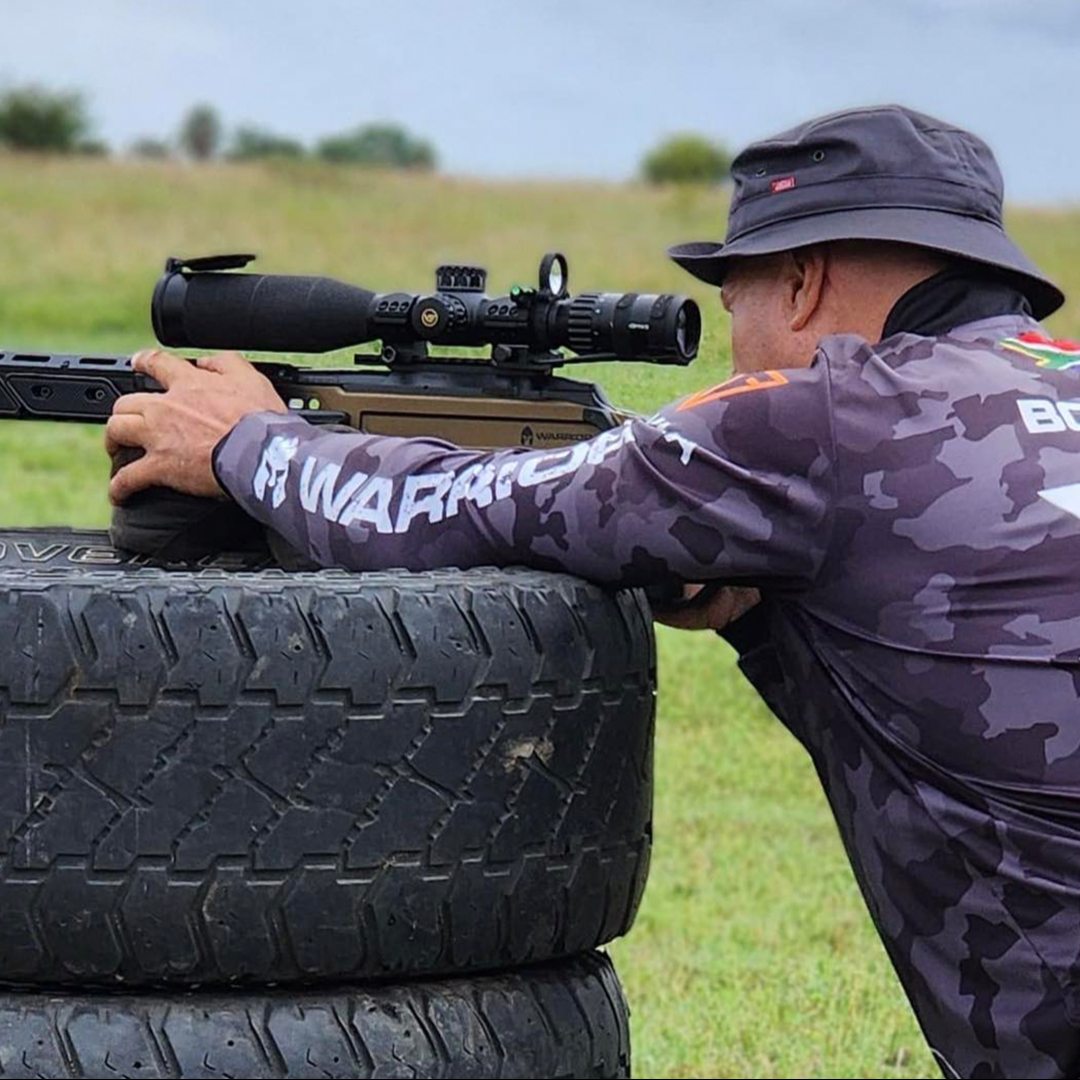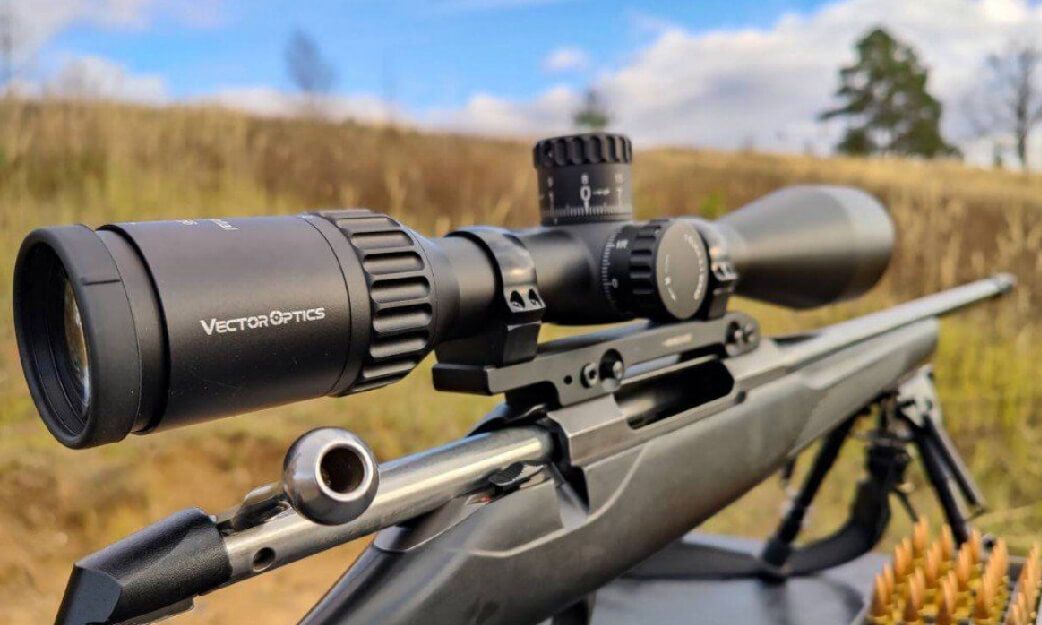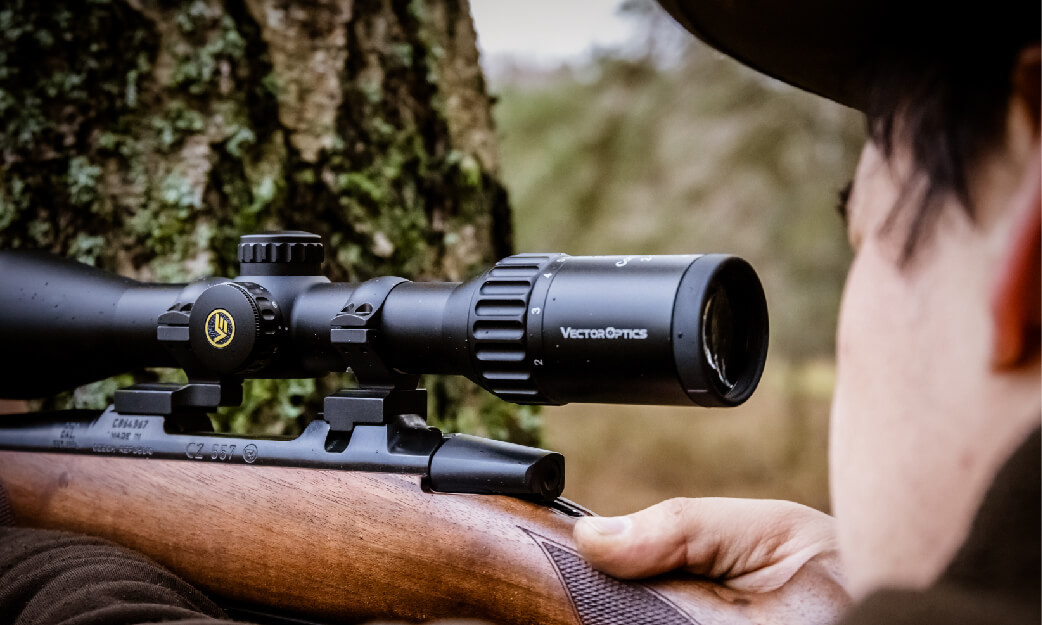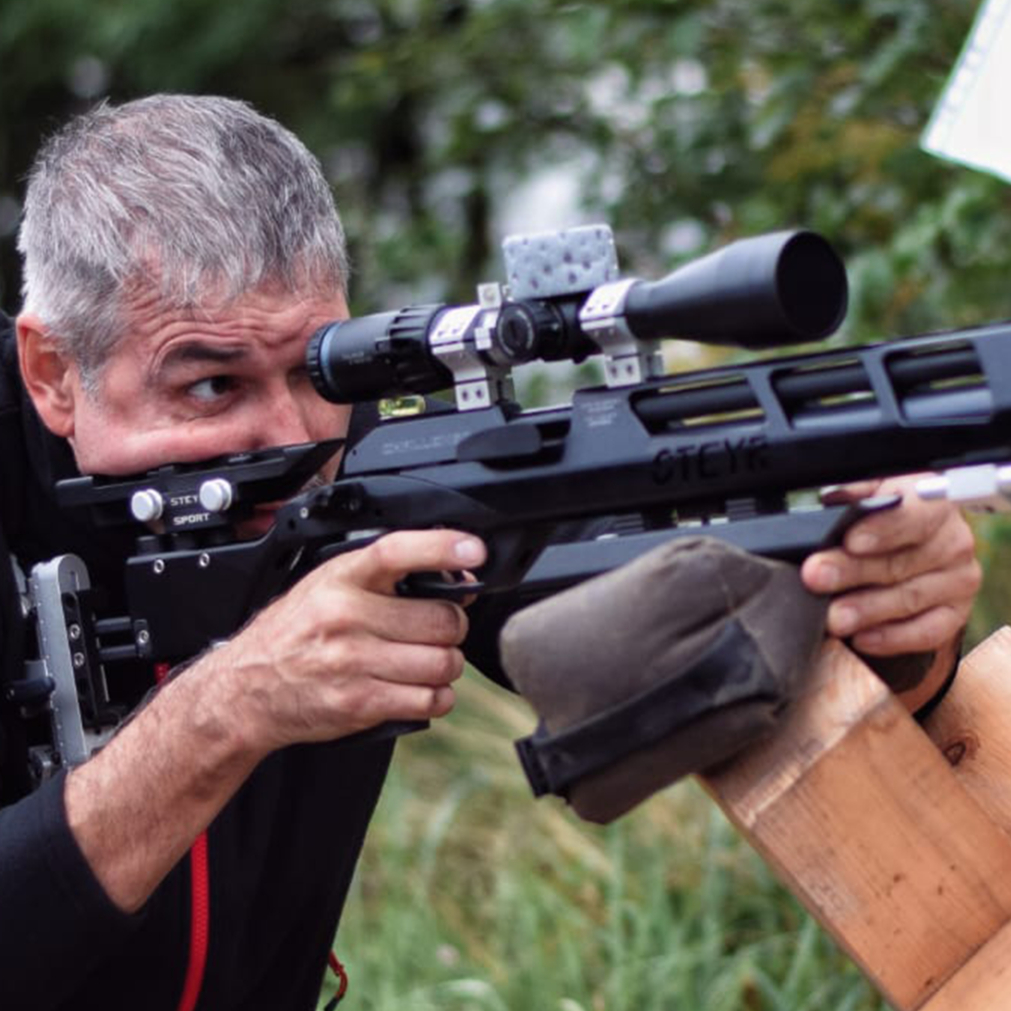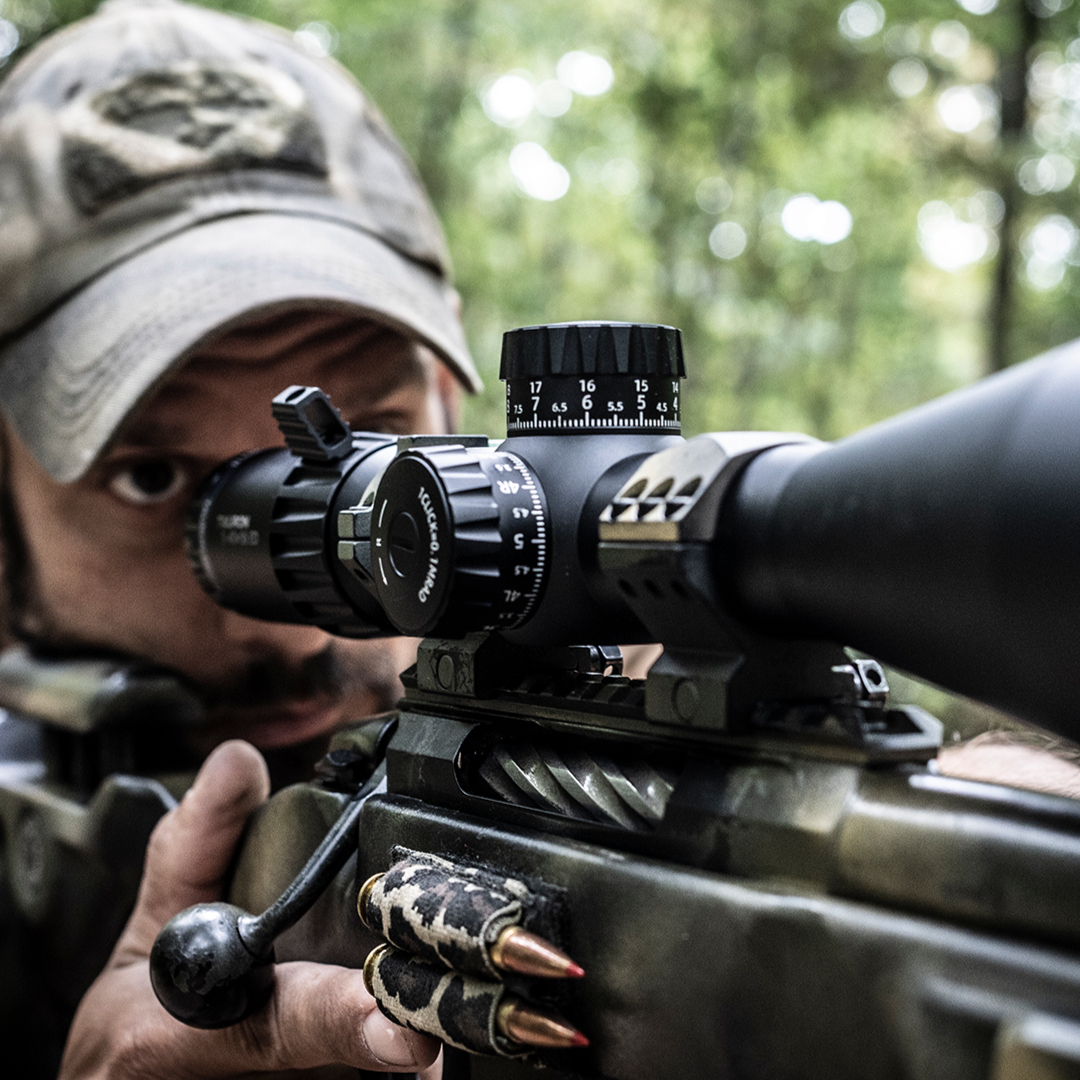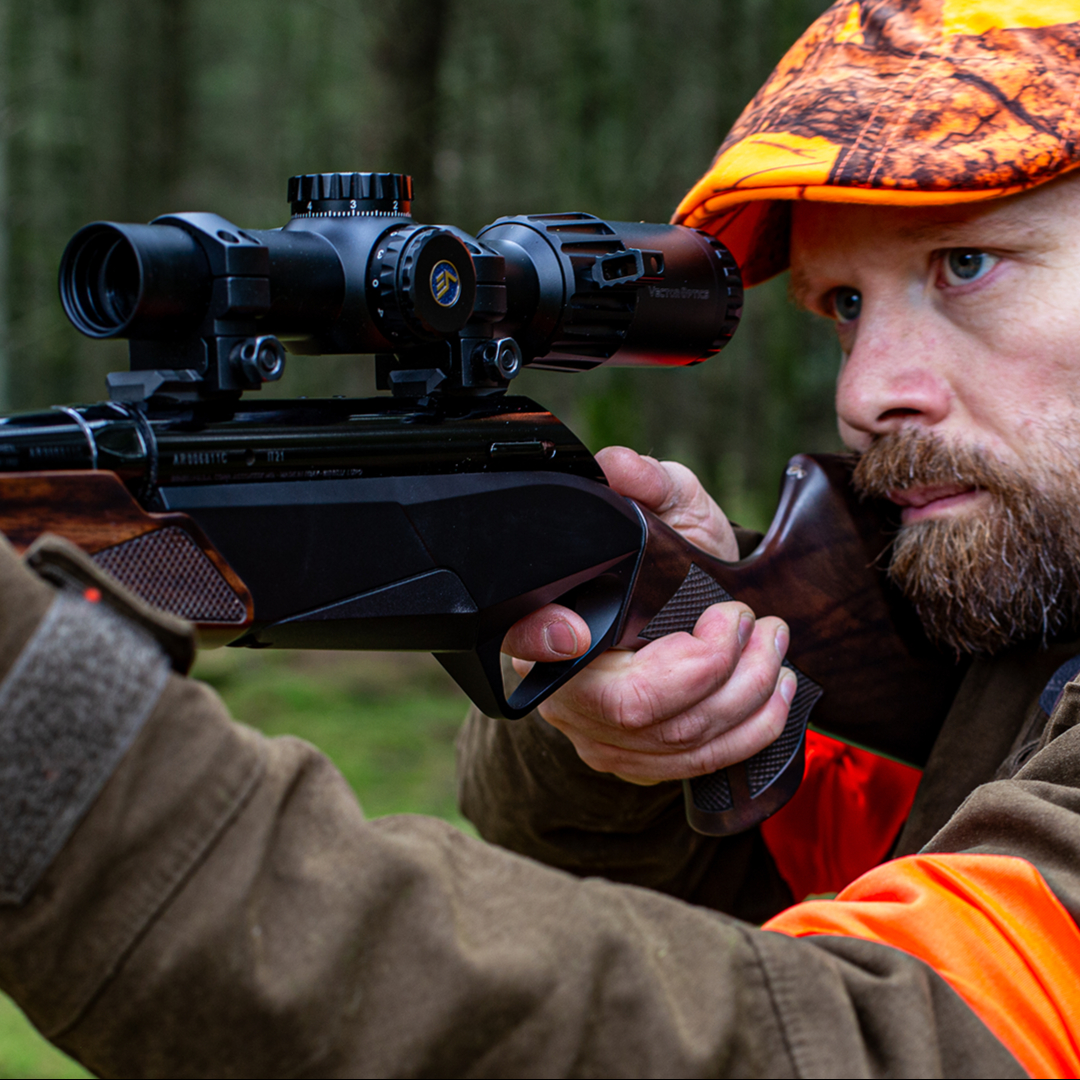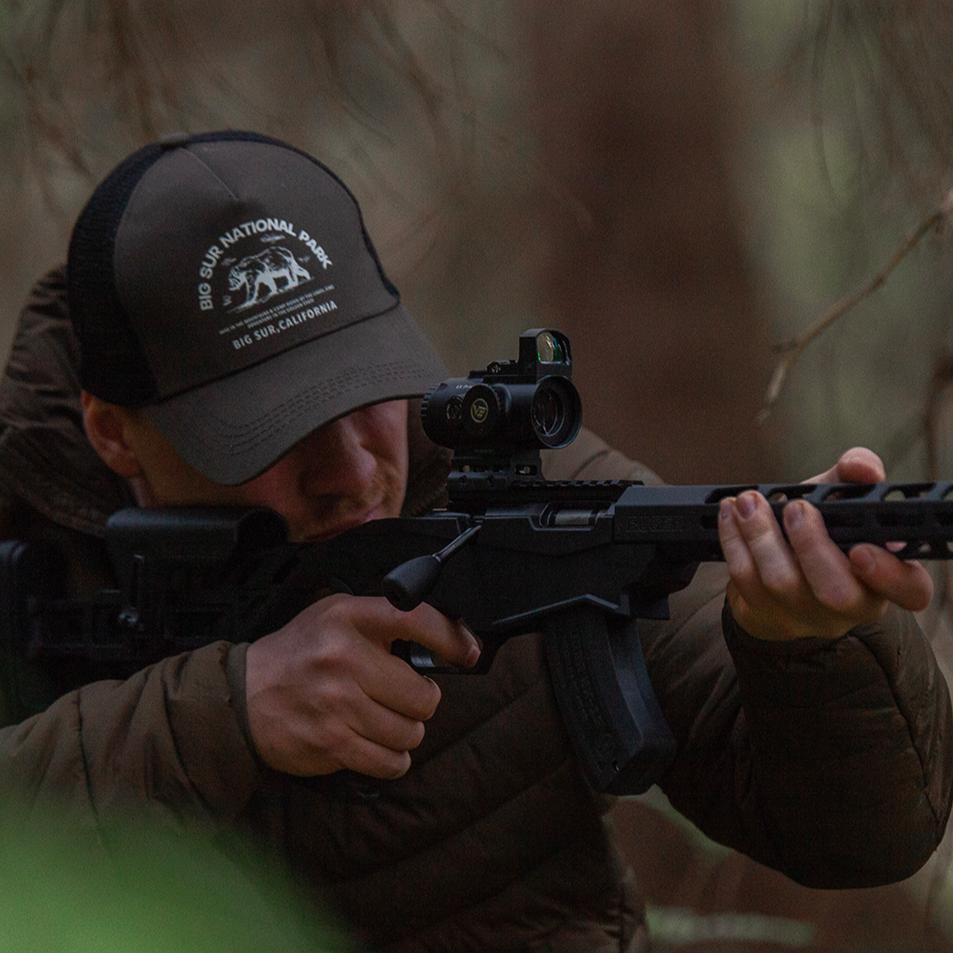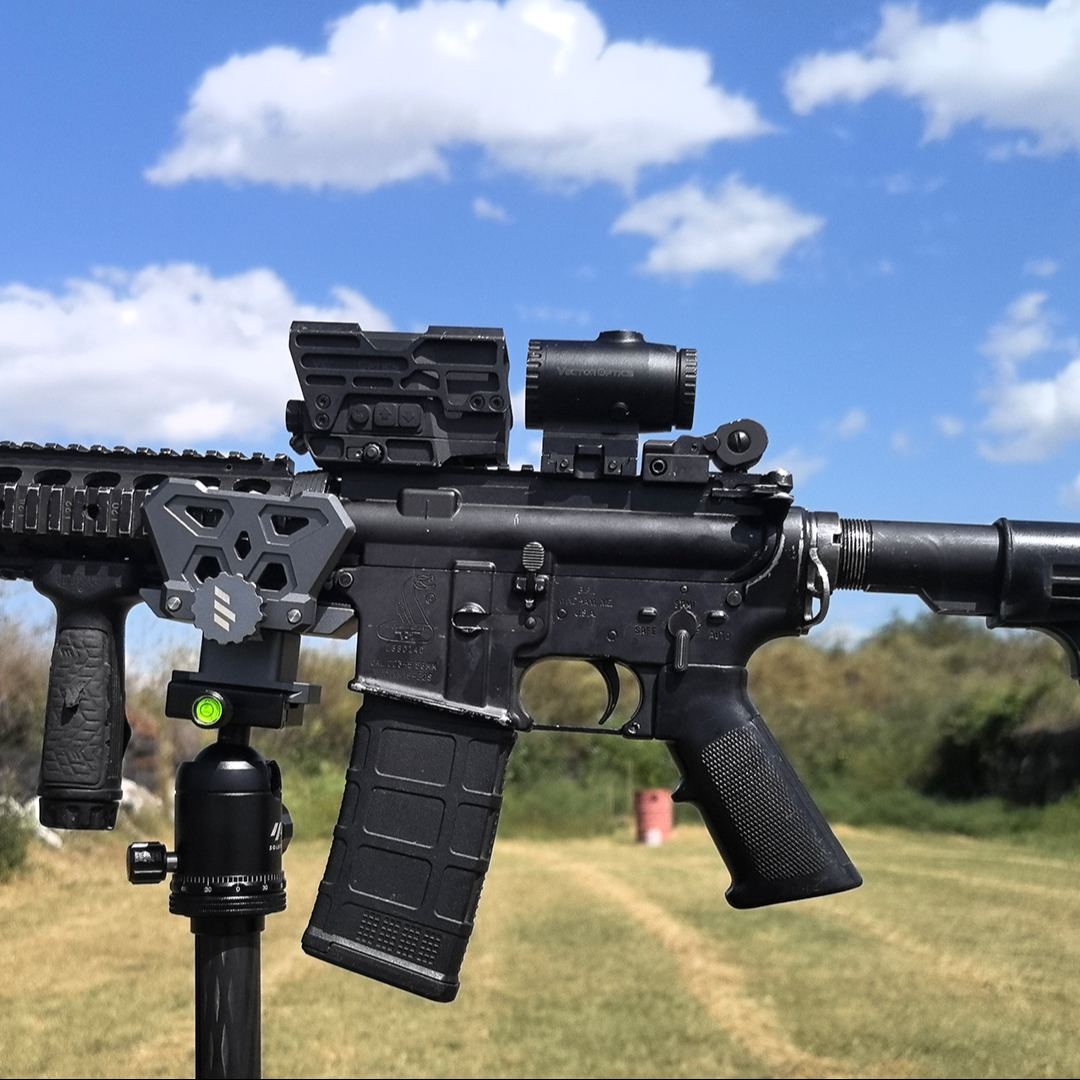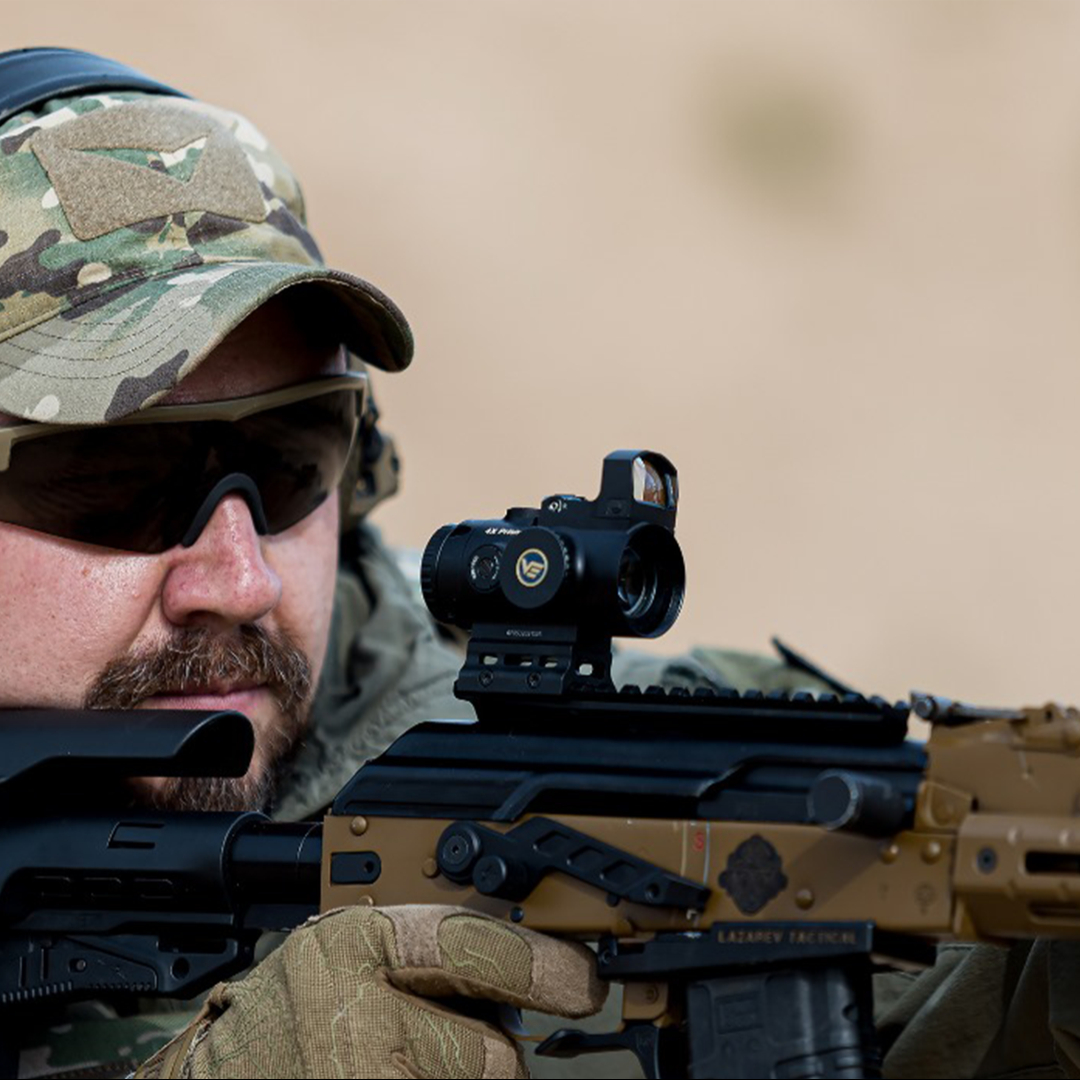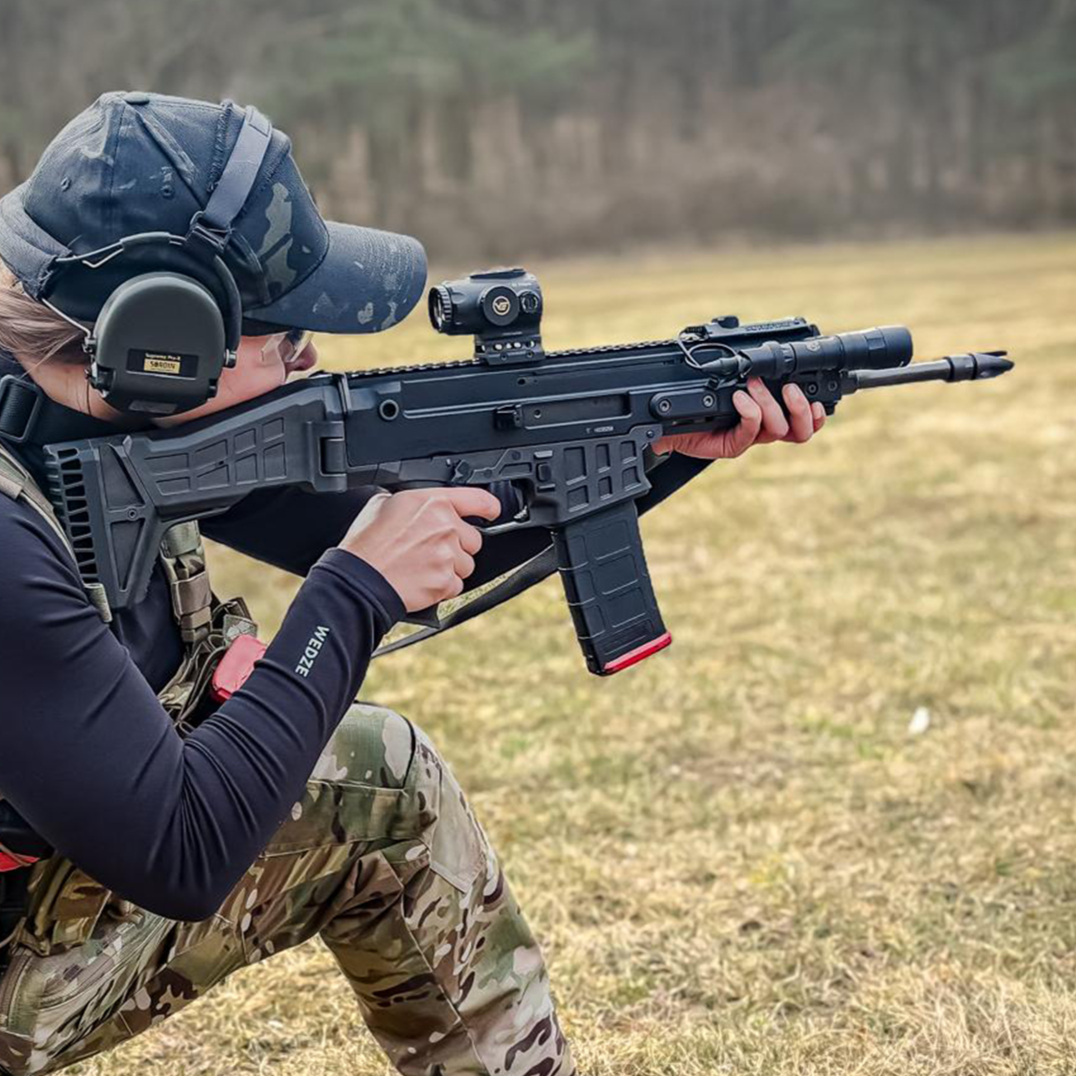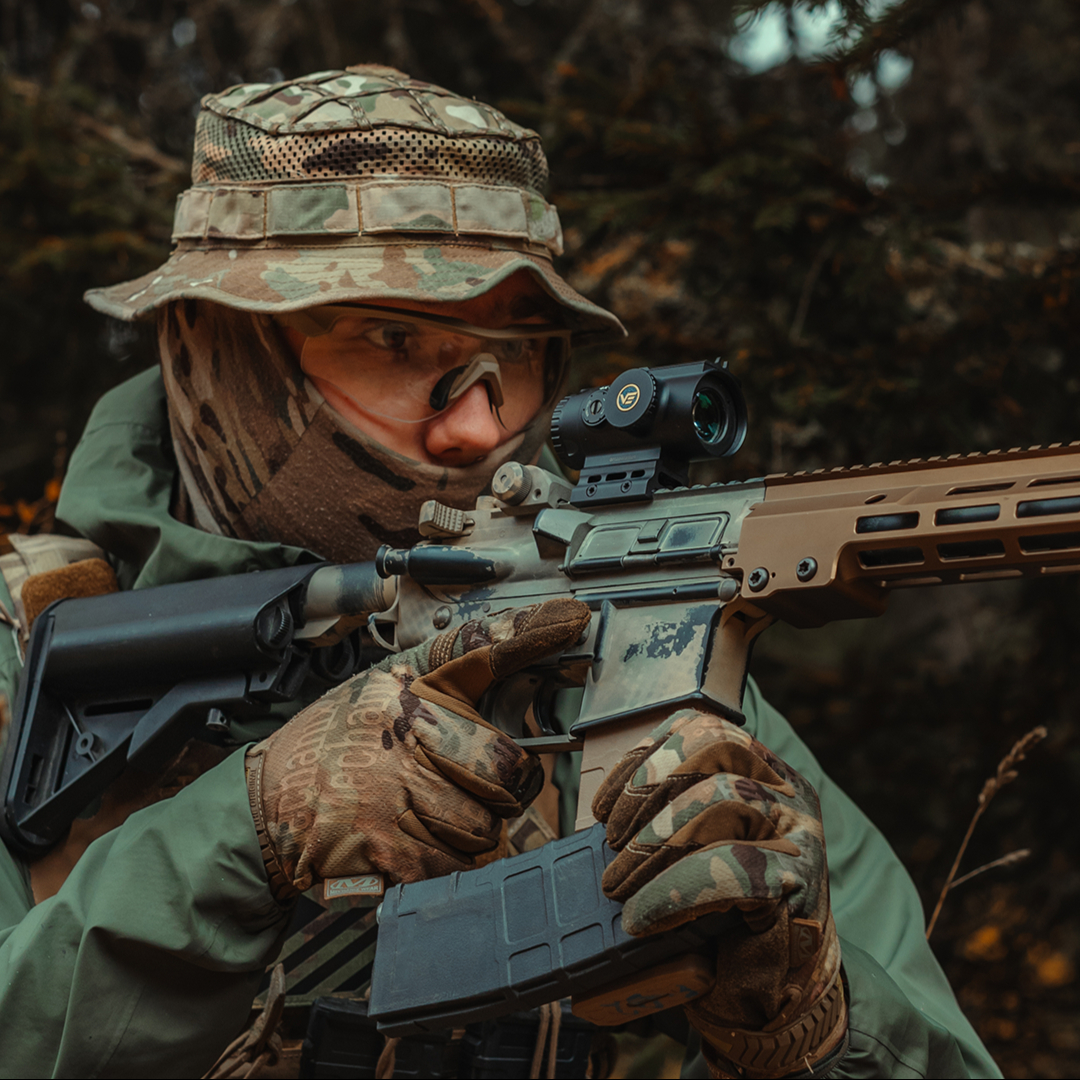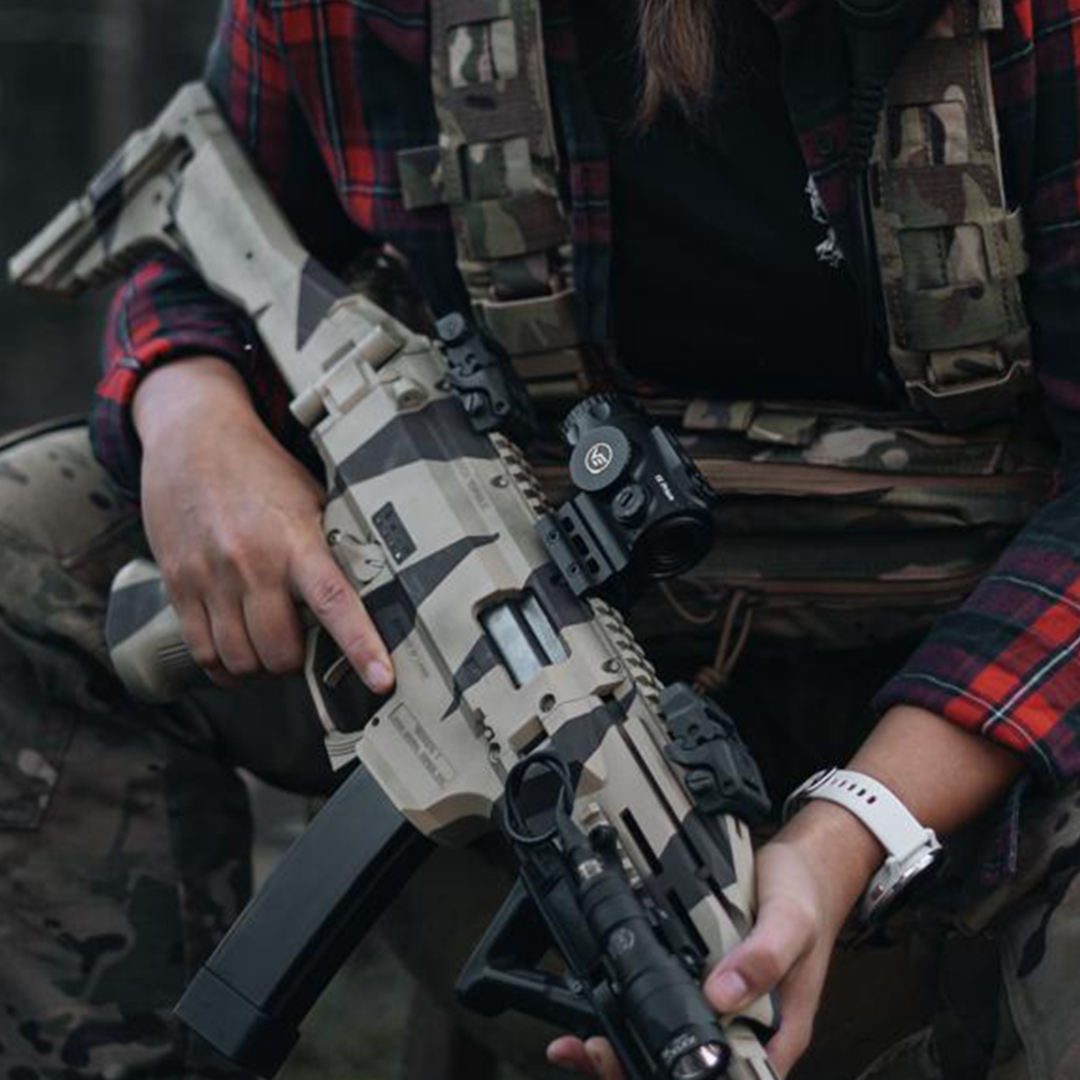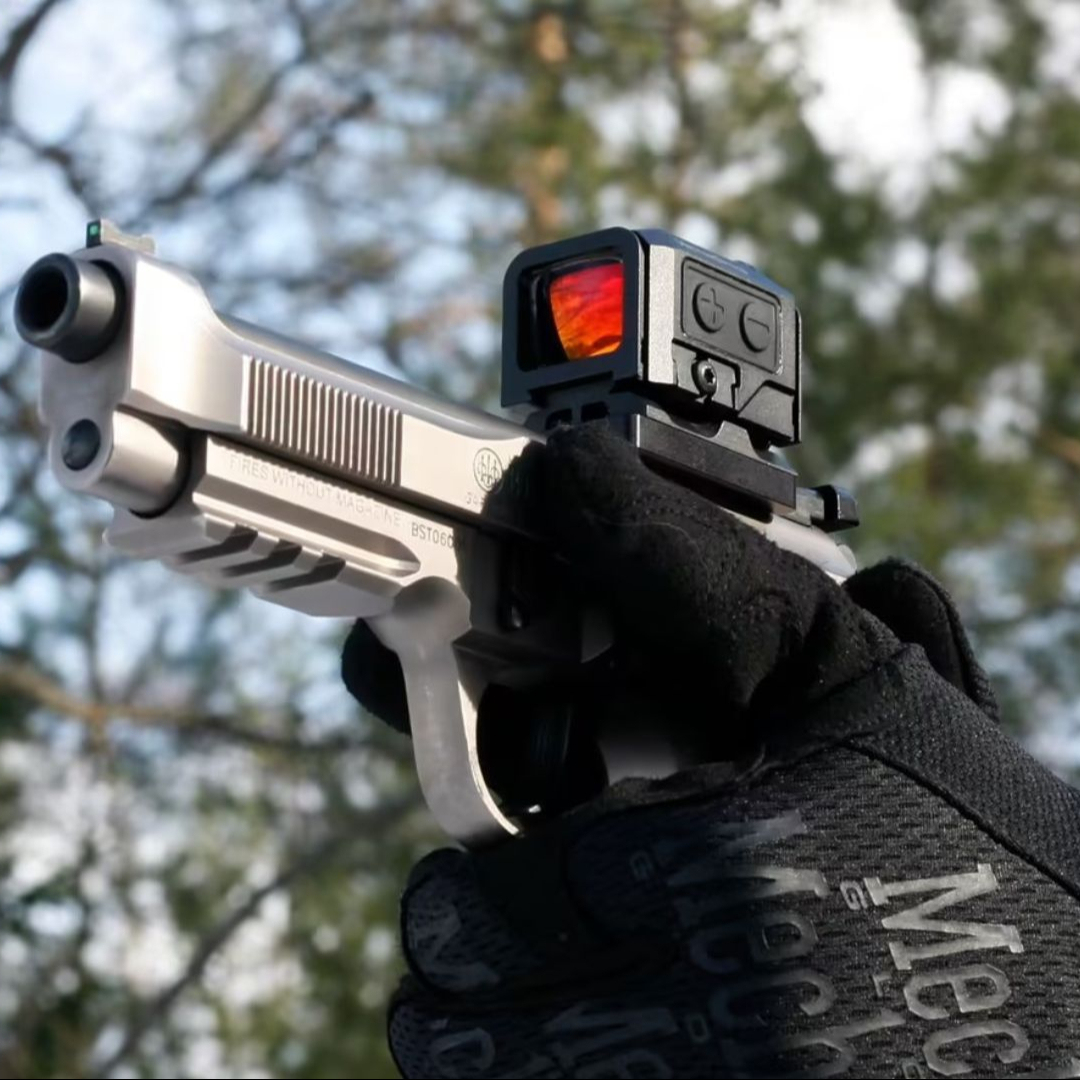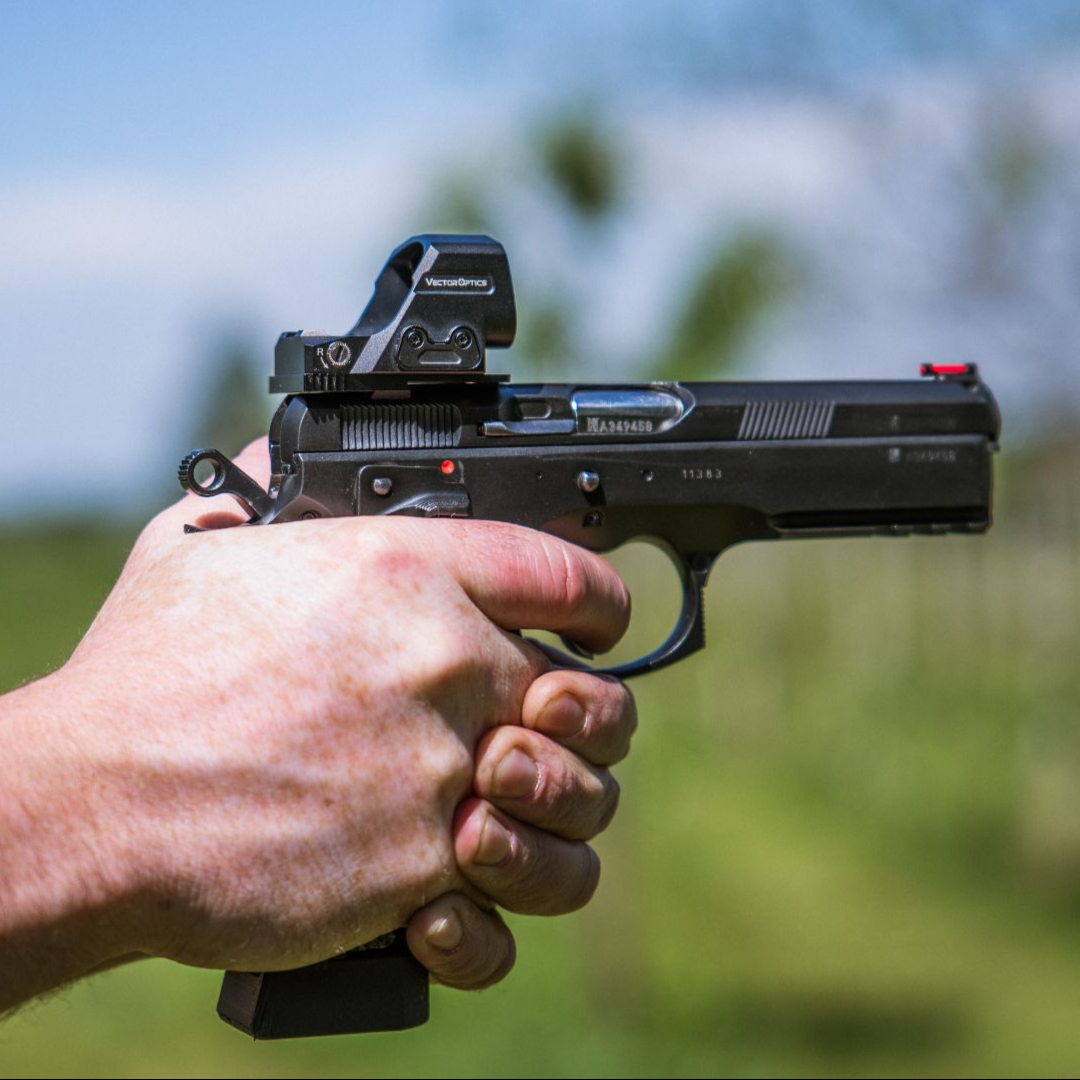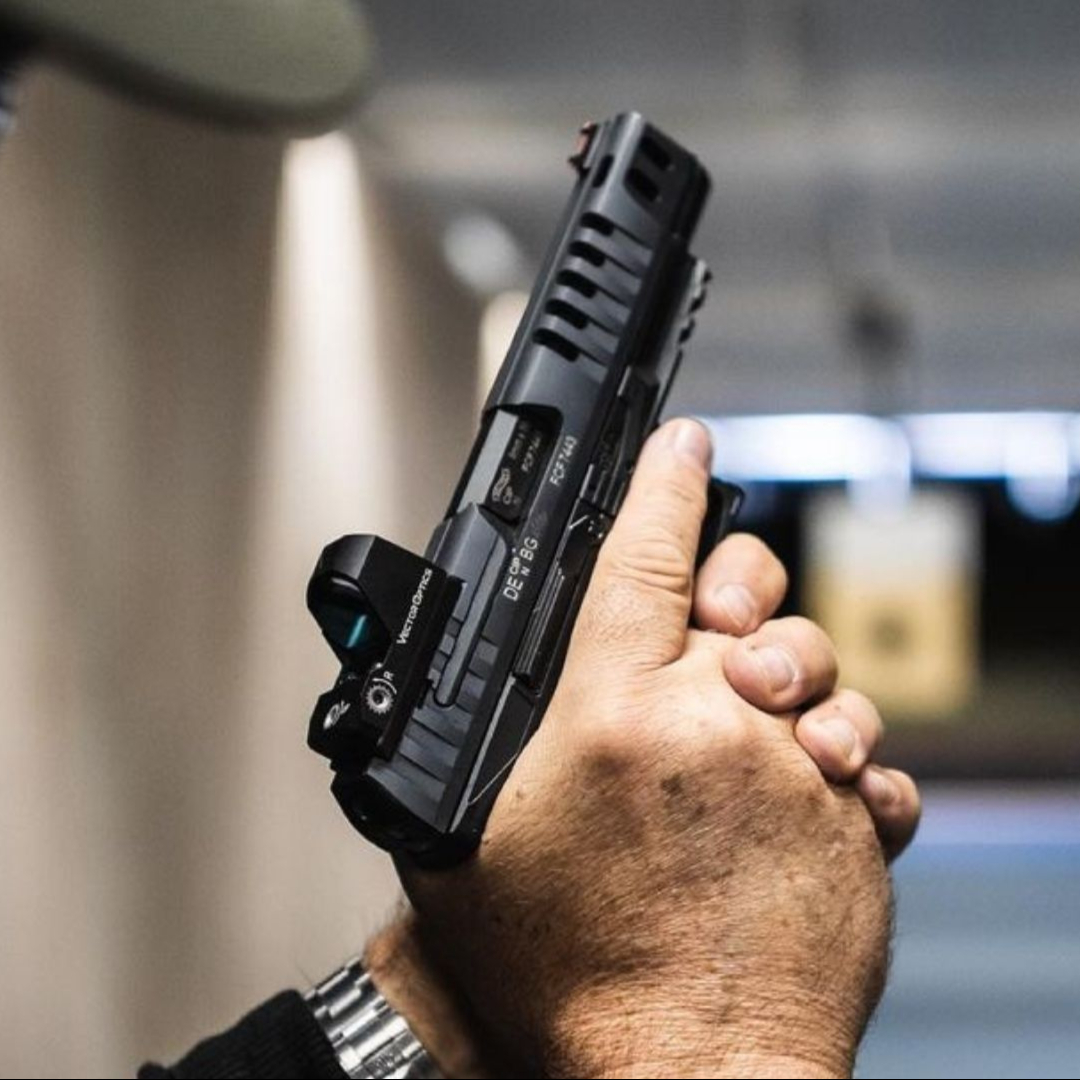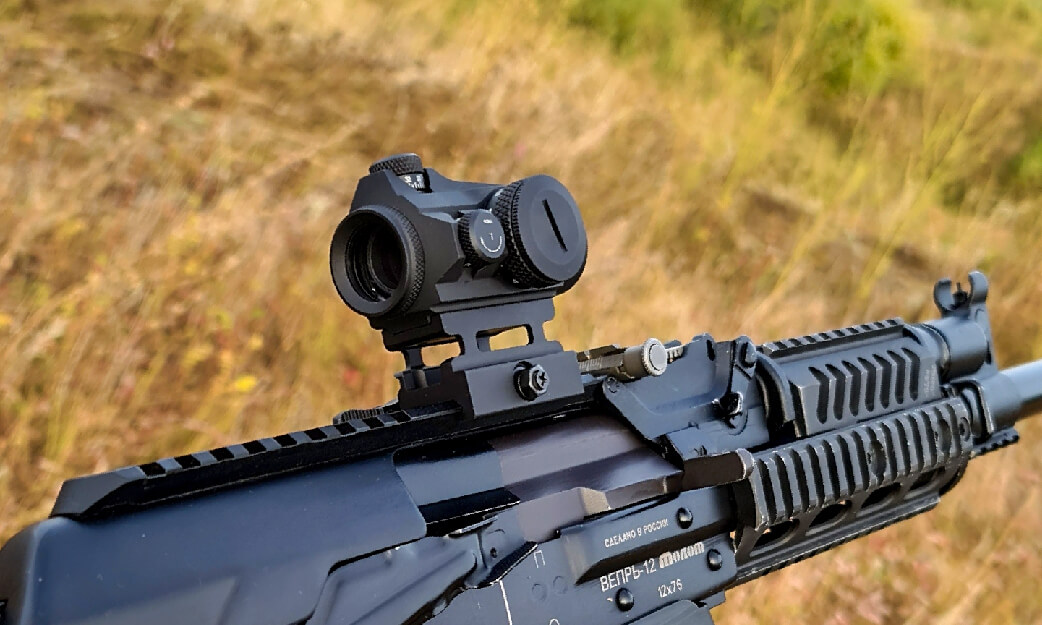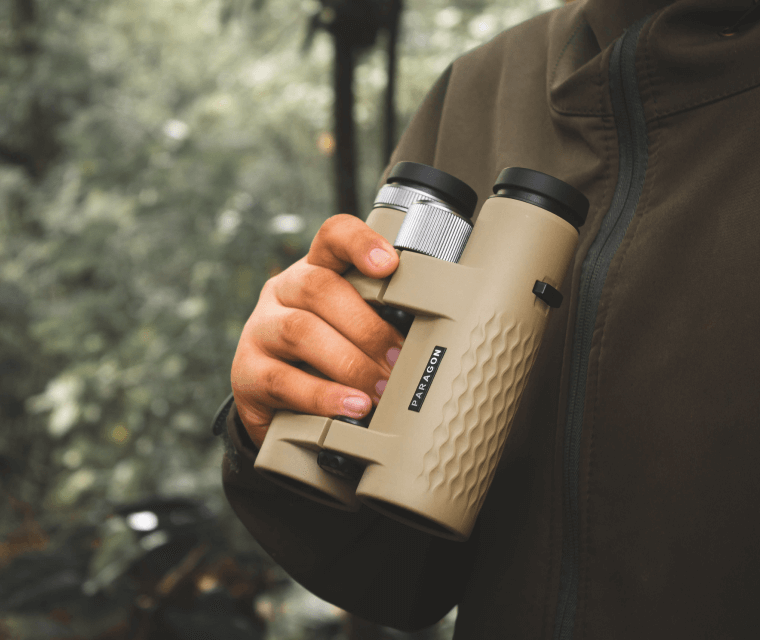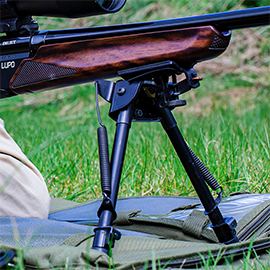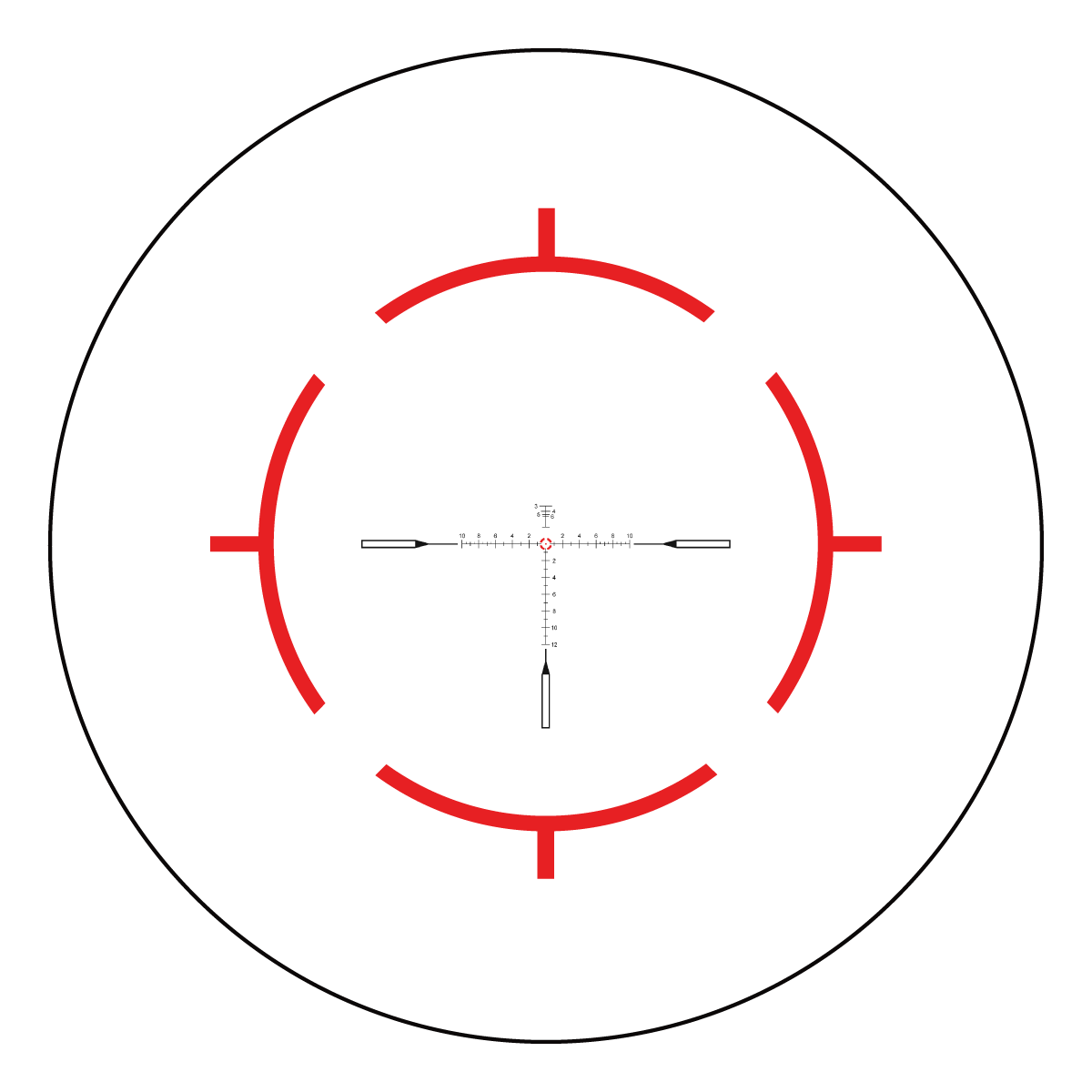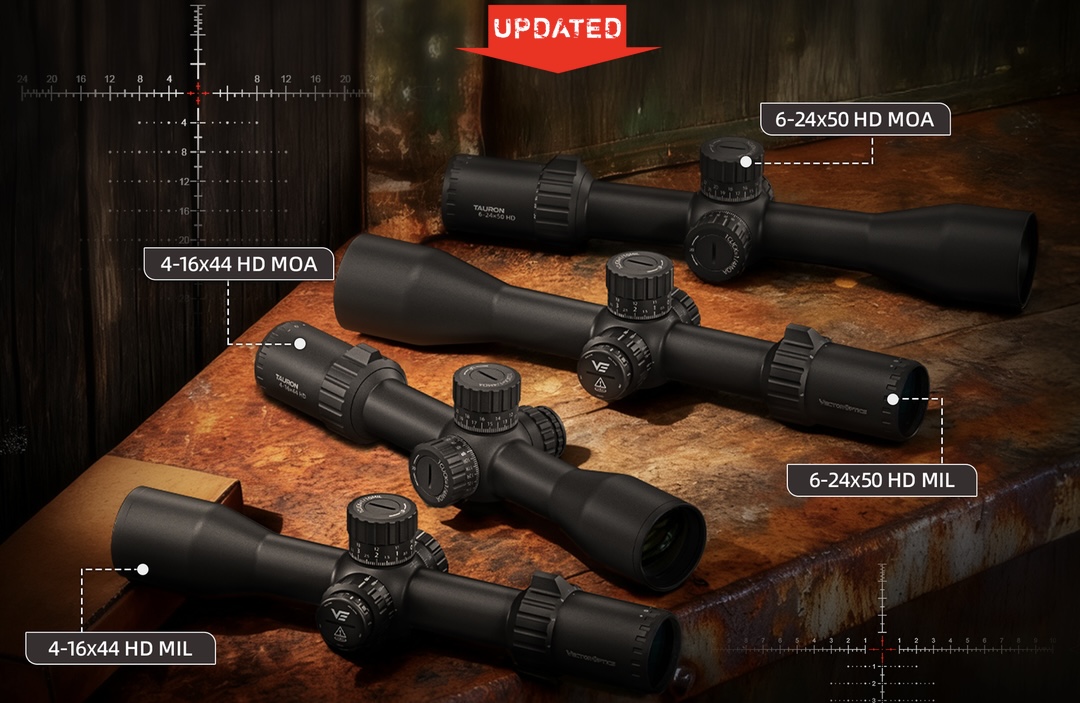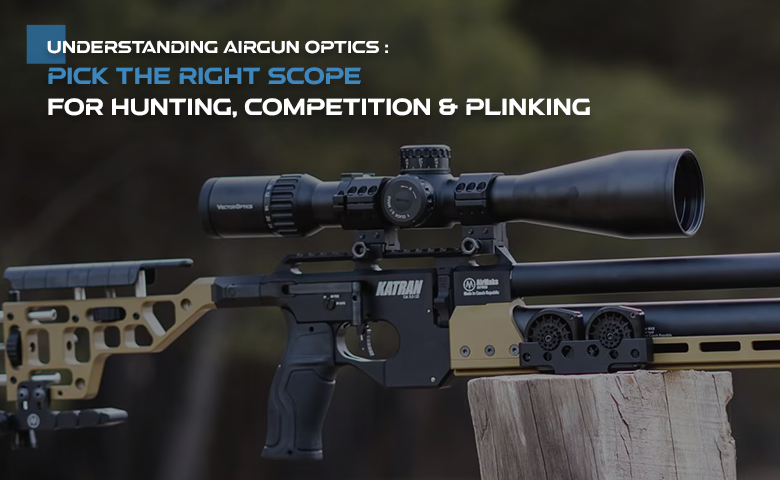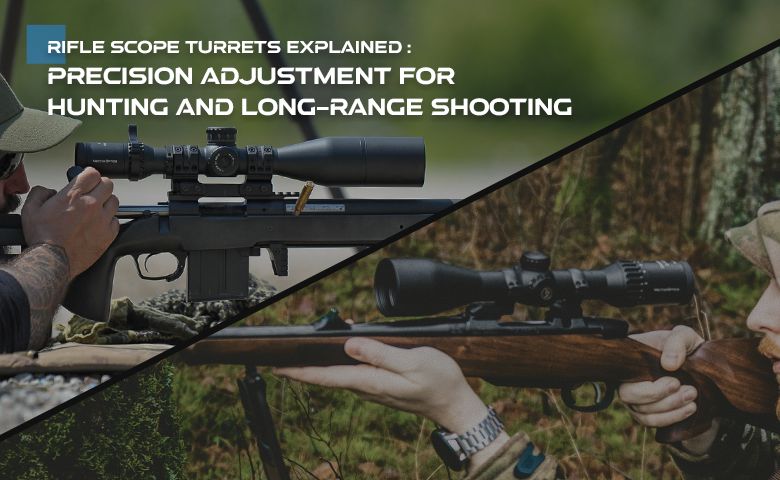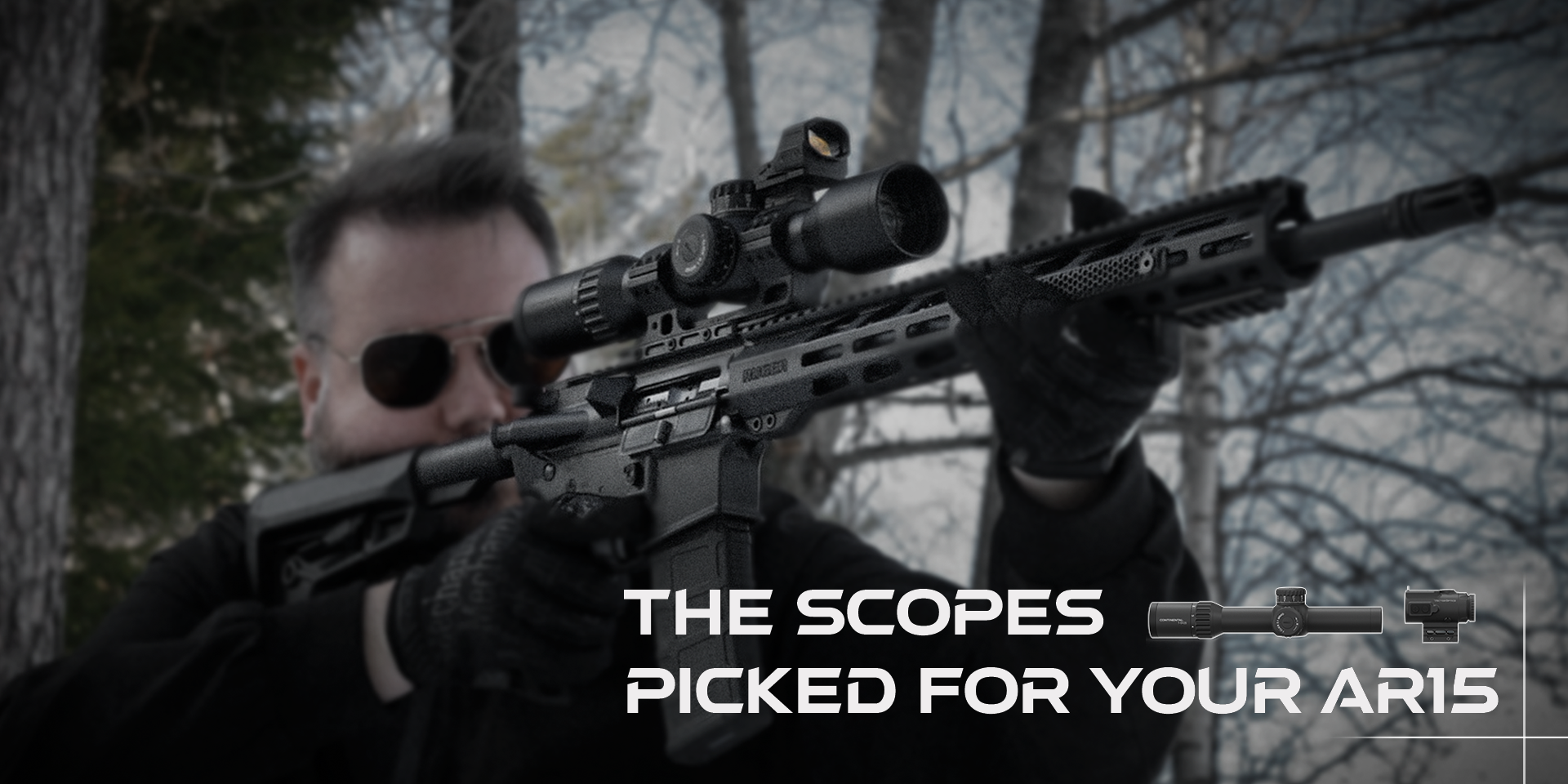This is a review of Continental 6-36X56 FFP Rifle Scope (SCFF-70) from coldboremiracle.
Intro
Without a doubt the US sport optics market has been inundated over the last decade, with a plethora of manufacturers and importers. One of the many companies doing an impressive job at it is Vector Optics. I have had an opportunity to review a couple of the optics now, and I’ve been impressed. So today I bring you a fresh look at another riflescope, the Vector Optics Continental 6-36×56.
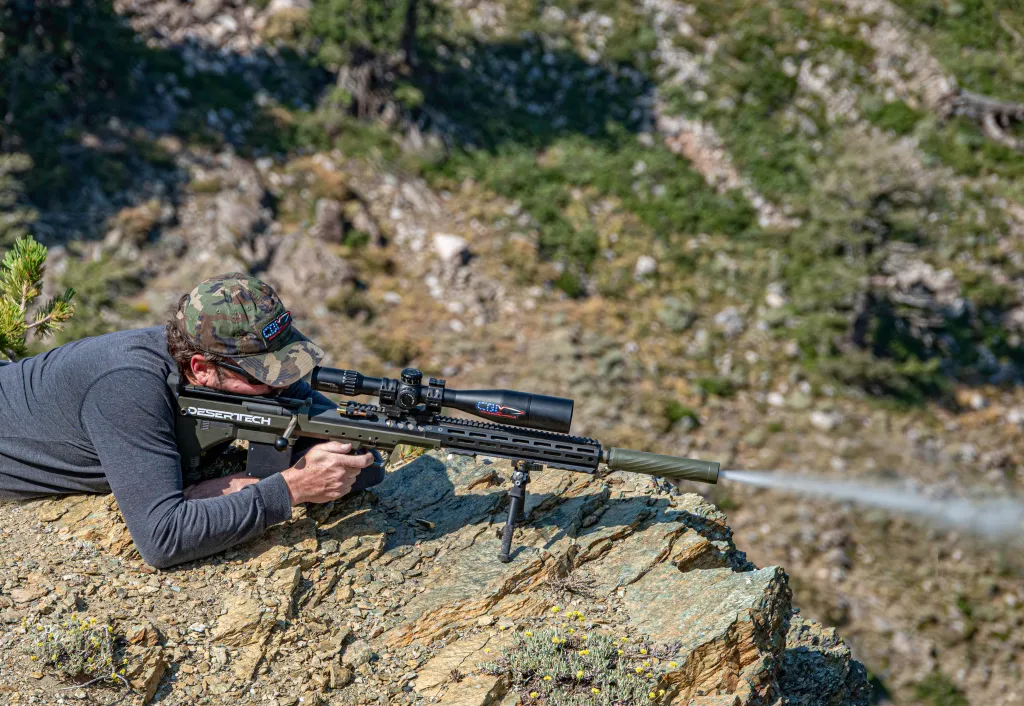
The Continental 6-36×56 Rifle Scope
Like the rest of the Continental strain, this one uses a 34mm main tube. The large 56mm objective lens is the standard for long-range precision optics. And the Continental comes with other features that have become the gold standard for precision shooting optics. Exposed adjustable turrets with 10 MRAD per turn, adjustable side focus/parallax, an illuminated milling reticle and more.
Also like other Continental scopes, this one comes with some added value items as well. Things like a sun shade and Vector 34mm rings. While based on the price I suspect they are fairly simple rings, but they are perfectly suitable for this scope, and don’t look like the cheap throwaway option often included. The packaging also is high quality, giving a great impression.
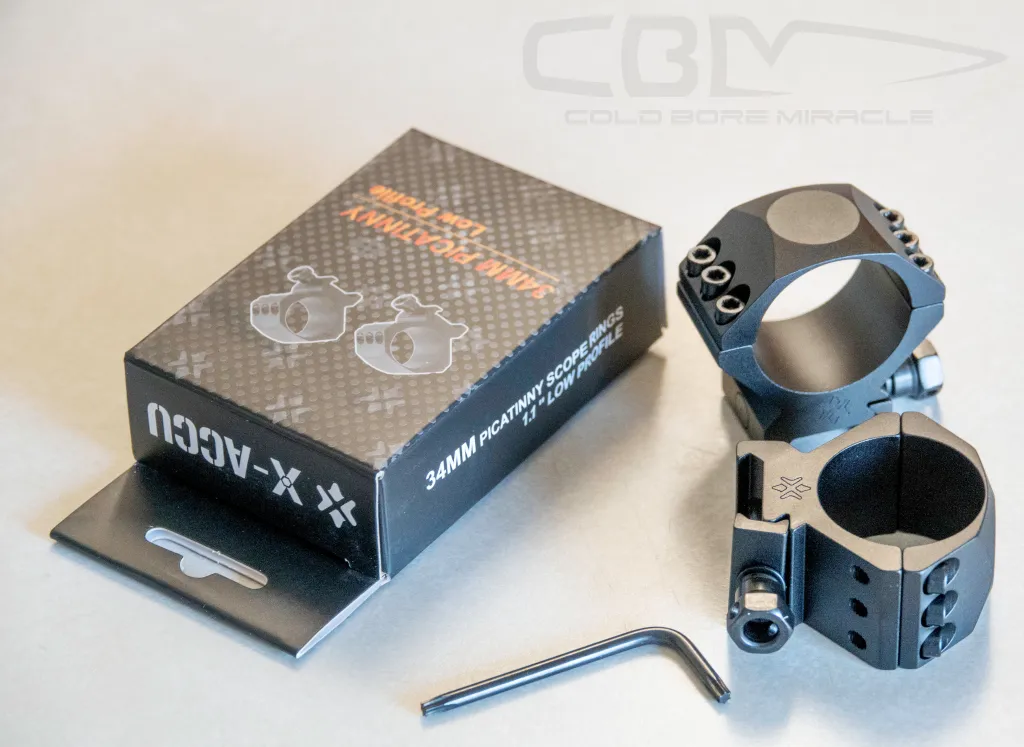
Another nice thing included with the scope is an extra elevation turret. The second turret doesn’t include the zero stop feature, which allows a full sweep of the erector.

the Continental 2-12×44 uses the same turret system
Mounting the Continental 6-36
I chose to mount the Vector Continental in an Area 419 scope mount. Not that the rings weren’t suitable, I just like the Area 419 mount significantly more. With a snug fit, the Continental was then attached to my Desert Tech SRS M2. A rifle I use quite frequently.
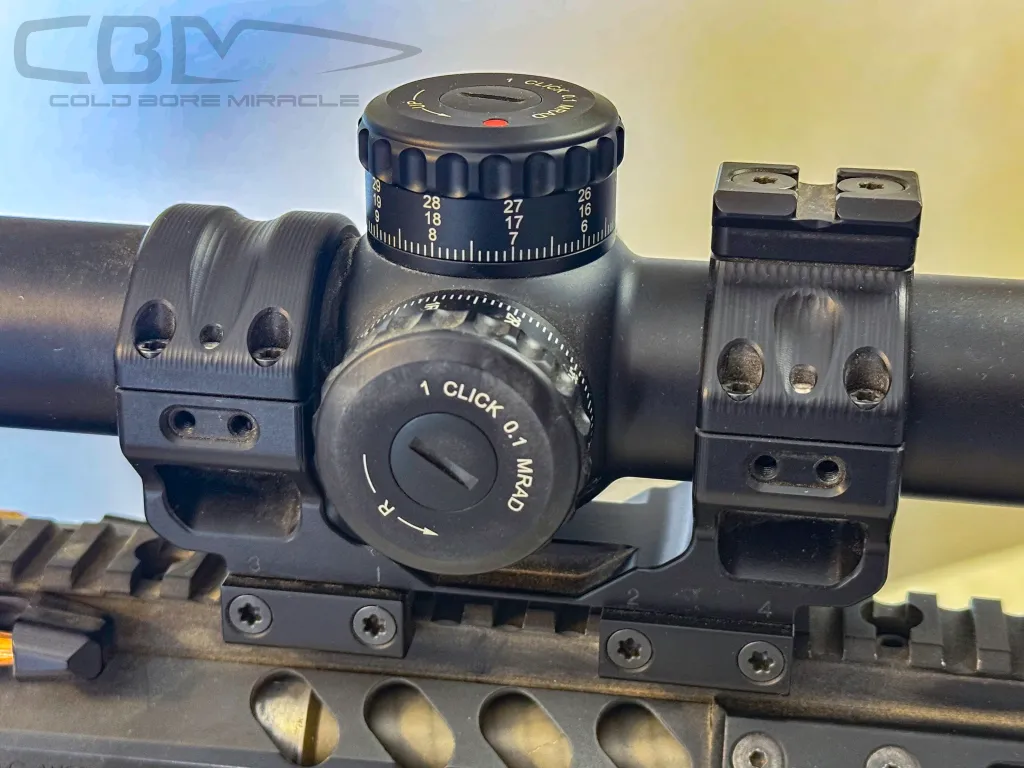
Adjusting the mounting location to set the proper eye relief, gave a nice comfortable fit and clear image. I adjusted the diopter at the rear to get the best image of the reticle, and also added the sun shade. This is something I often do if for nothing else, to keep things away from the lenses of my scopes.
Zeroing the Scope and Zero-Stop function
My Desert Tech SRS M2 rifle has a 30 MOA cant built into the picatinny rail, this is by design to allow zeroing the scope closer to its mechanical zero. This required me to dial the elevation turret below its centerline.
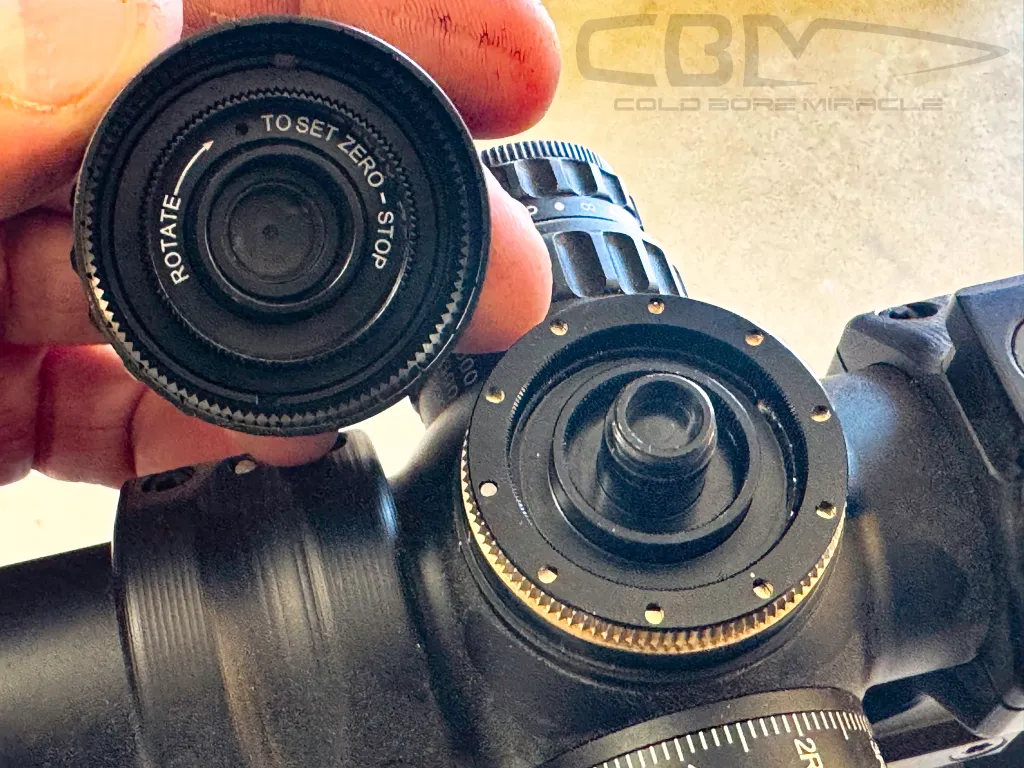
the zero-stop system is easy to set and robust in design
The zero-stop feature is built into the elevation turret. It uses an indexable stop that also actuates an indicator pin on the top of the turret. When the turret is rotated past its first rotation (10 MRAD), a red pin pops up on the top of the turret. And when it is rotated past the second rotation (20 MRAD) the pin pops up a bit further exposing a silver ring under the red. This allows both a visual and tactile indication of which rotation of the scope you are on.
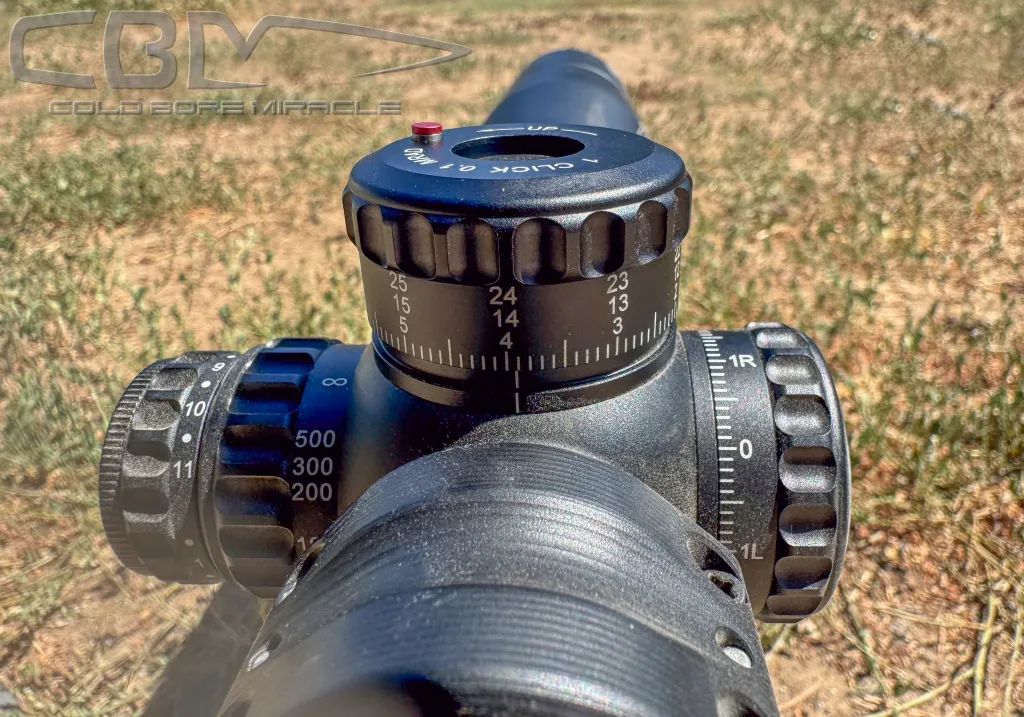
Since I had to zero the scope below its factory zero-stop setting, this required me to dial back the zero-stop. This is done by removing the elevation turret, and underneath there is a small pin that you push in, and then rotate against the indicated direction approximately the distance you need.
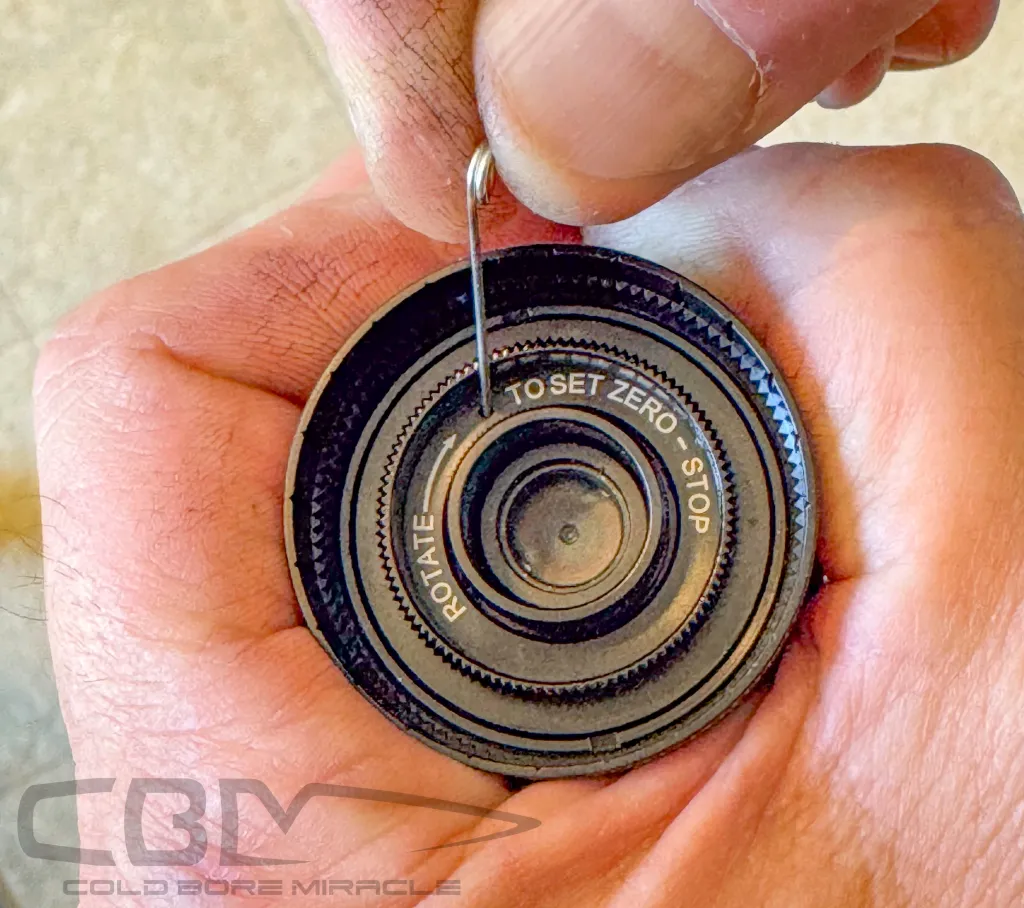
I could then boresight the scope and rifle per my traditional practice, prior to taking the rifle to the range for zeroing. Once the rifle was zeroed, I could reset the zero-stop feature. By again removing the turret, and rotating the inner ring (in the indicated direction) until the pin pops into its stop hole. And then set the turret back on the scope lining it up with zero.
Shooting with the Continental 6-36
I use my SRS for quite a bit of shooting, which makes it very familiar to me. Shooting the rifle with this Vector Optics scope would be an exercise in repetition. I’ve run a variety of very nice scopes on this rifle, so seeing how the Vector stood-in would be a good comparison.
My first shooting experience with this scope was shooting paper targets at a mere one-hundred yards. The impressively bright image through the scope made for some very easy shooting. Using the fine points of the reticle was great for precise placement of shots.
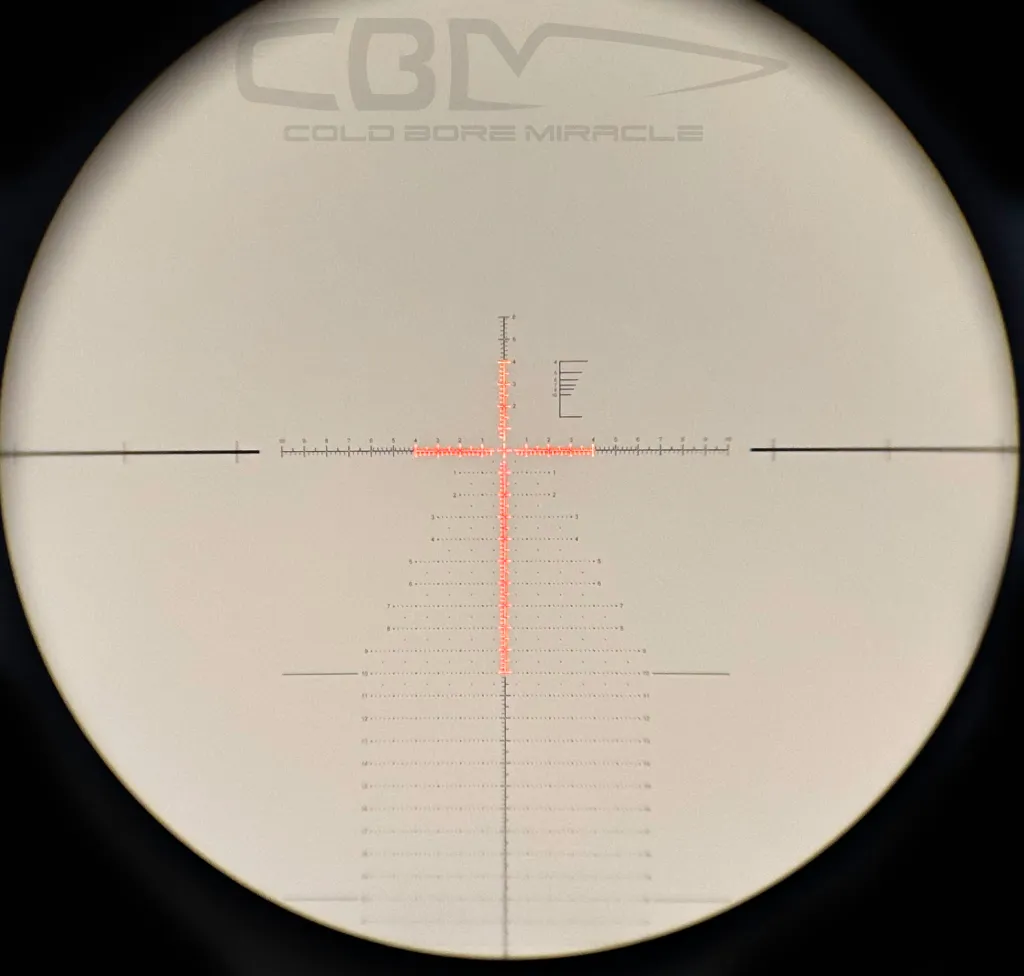
initiating the reticle illumination shows that only part of the reticle is illuminated. This helps avoid having too much light when looking into darkness
The majority of my shooting takes place in open country at high altitude in the Rocky Mountains. I do a lot of varmint hunting and long-range shooting, which would also make an excellent task to test the legs of this scope.
One of the benefits of using this rifle, is that I have some very established drop data. This allows close evaluation of the scope compared to others I’ve also used.
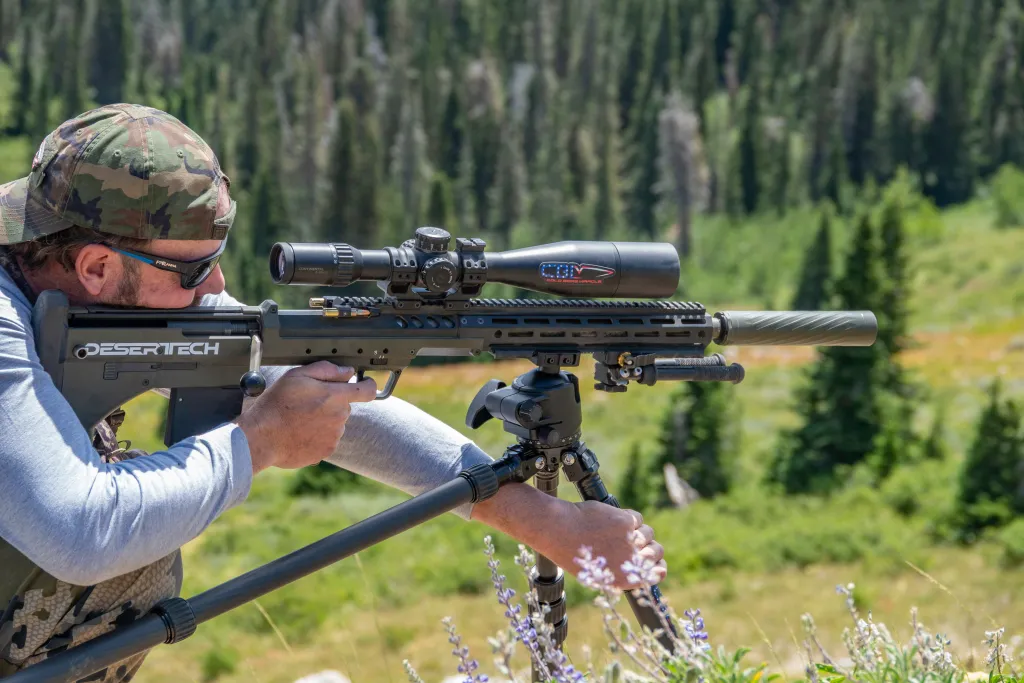
this rifle and scope combination is great for shooting from my Two Vets Tripod
Optical Clarity
Vector Optics uses Schott lenses from Germany, which is likely responsible for the impressive clarity. Looking at small animals and other details even at long-distances gave very definitive identification. As well as spotting impacts, things like dirt flying and bullet splash were quickly identified through the scope.
Across the broad magnification range, the scope kept its clean image. As is typical, at maximum magnification the brightness of the scope is reduced somewhat. I have experienced this phenomenon with almost every scope I’ve used, it’s normal and simply something to be aware of. The beauty of these higher magnification scopes is that if you run them at slightly less than maximum power, they look fantastic and still have adequate zoom.
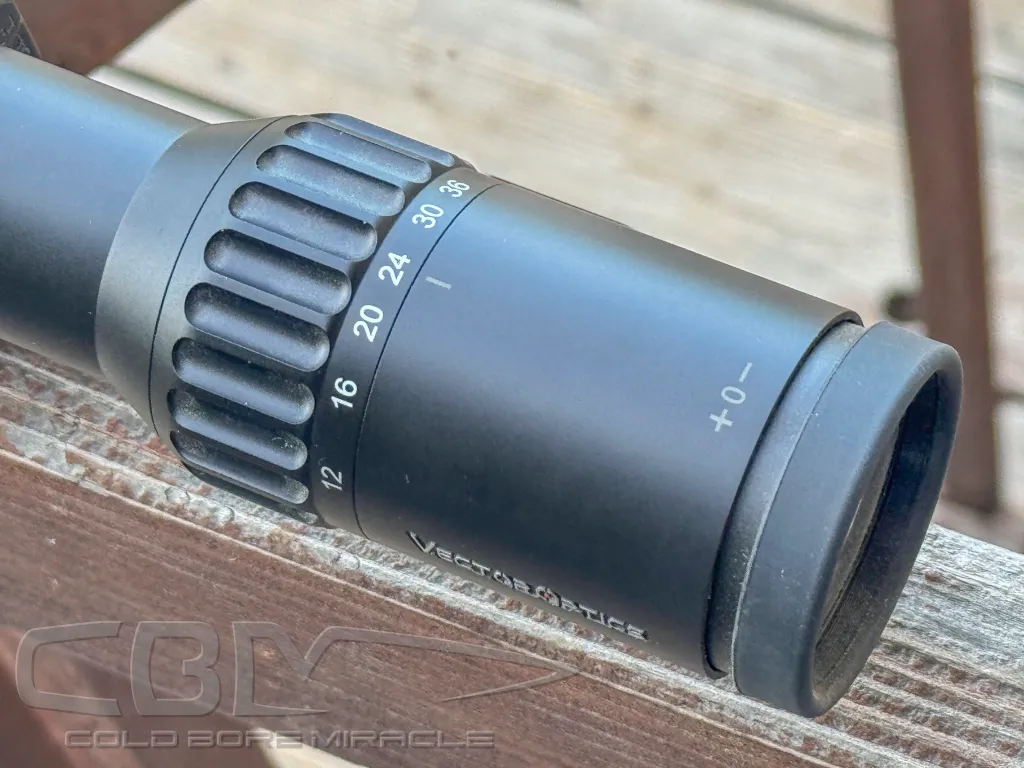
the magnification adjustment ring is smooth, with a 180 degree turn
I also noticed another anomaly that I have seen on some scopes; When using a canted scope base for long-range shooting, the scope’s erector is typically moved closer to its limit of travel. At the low end of the magnification spectrum, this can sometimes result in a crescent shaped shadow appearing along the top of the image. So far as I can tell it has no effect on performance, and isn’t visible when you zoom the scope in even a little bit.
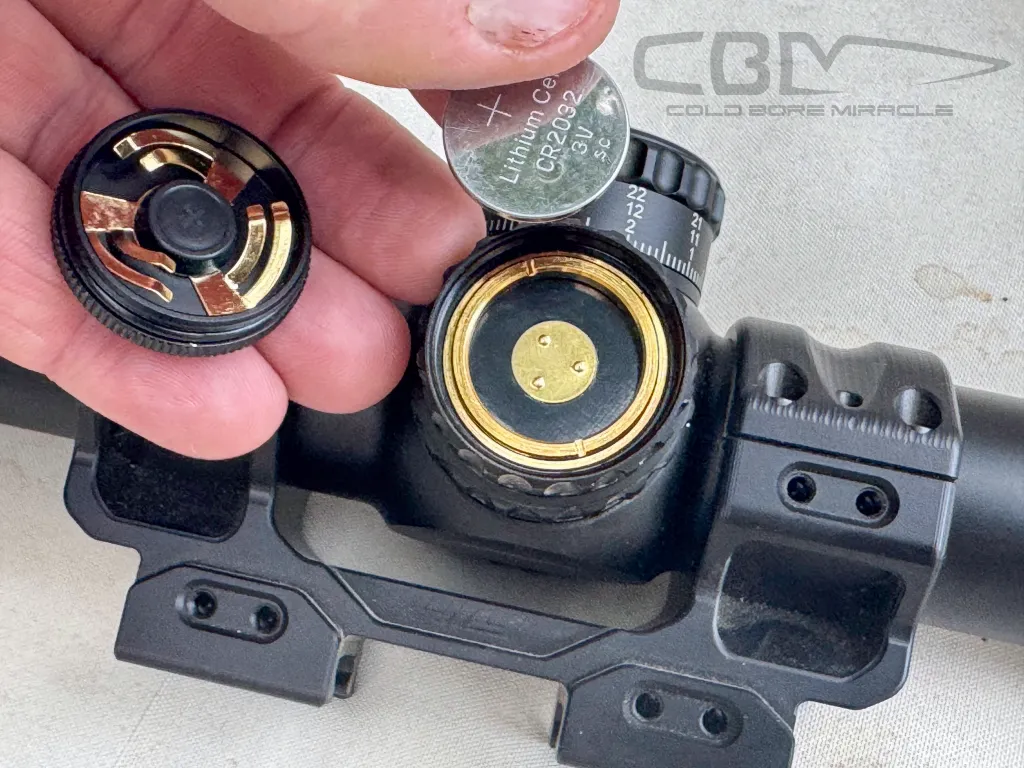
installing the CR2032 lithium battery
Parallax Adjustment
Removing parallax from the image is done using the side focus turret. It is labeled for various distances and as usual they are more of a guide than an exact amount. I did notice that parallax balance was easy to achieve at nearly any distance I tried. This is an important feature for any rifle scope used for long-range shooting, if you are curious about why you should read all you need to know about parallax.
Turret Function & Tracking
One of my favorite features of the Continental scopes is the turrets. The turrets have ten MRAD of elevation per rotation, and are labeled with whole and 1/10 graduations. The turrets are locked using a push/pull feature, when pushed down they snap into a locked position. Pulling them up unlocked them allowing adjustments to be made.
Once the zero-stop feature had been engaged, the turret has a hard stop at zero. This allows you to dial your scope back to zero without even looking at it. The audible clicks also allow you to make small adjustments by simply feeling each click or hearing them.
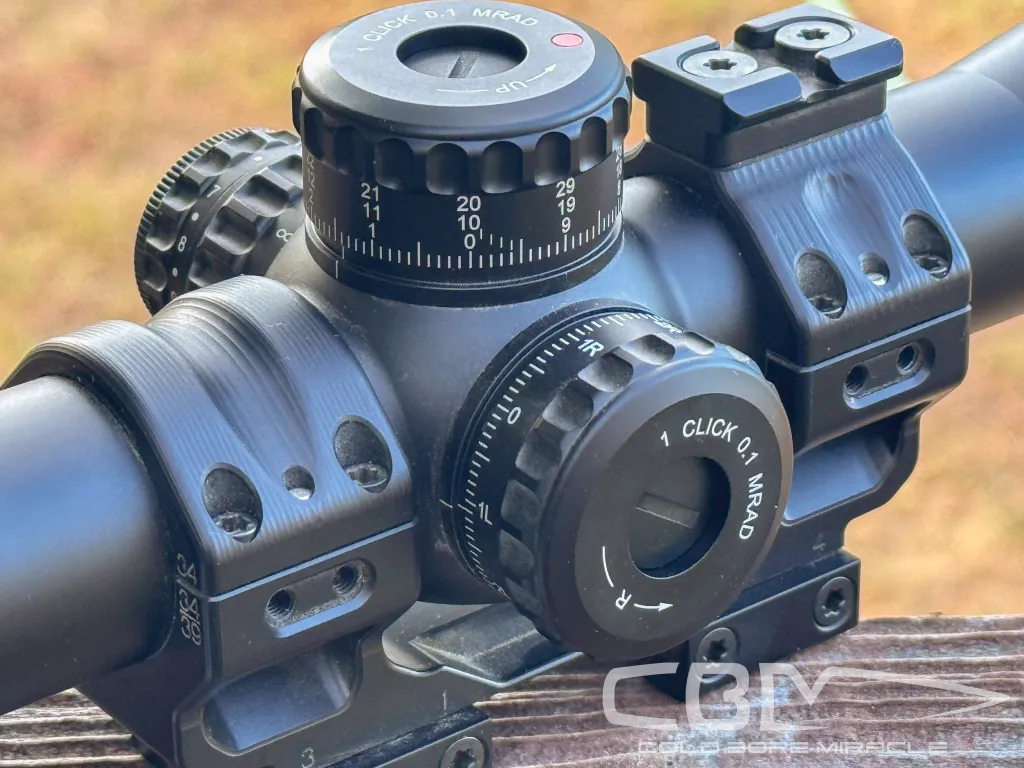
the push/pull locking system is crisp and solid. The elevation turret is marked with numbers for three rotations.
After zeroing my rifle and setting the zero-stop, I found the Continental still had a total of nearly two-and-a-half turns of elevation. That is 28.5 MRAD of elevation, which is plenty for most long-range shooting scenarios. This is also in part because of my 30 MOA canted scope base.
Testing the values of the turret clicks closely matched the amounts measured with the reticle. Additionally, the known shooting DOPE for the cartridges I was shooting matched up in the Continental.
Reticle
Speaking on the reticle; the VEC-MBR2 reticle has a great deal of features. It uses what many have temporaneously called a Christmas tree shape, because of the familiar shape of the holdover grid. While I am not as big a fan as other of this type of reticle, I can surely see its utility. With the ability to quickly hold-over your target, or measure corrections easily, this reticle gives you options. With a ranging bracket and several open spots with tiny center-dots it gives you precision where you want it.
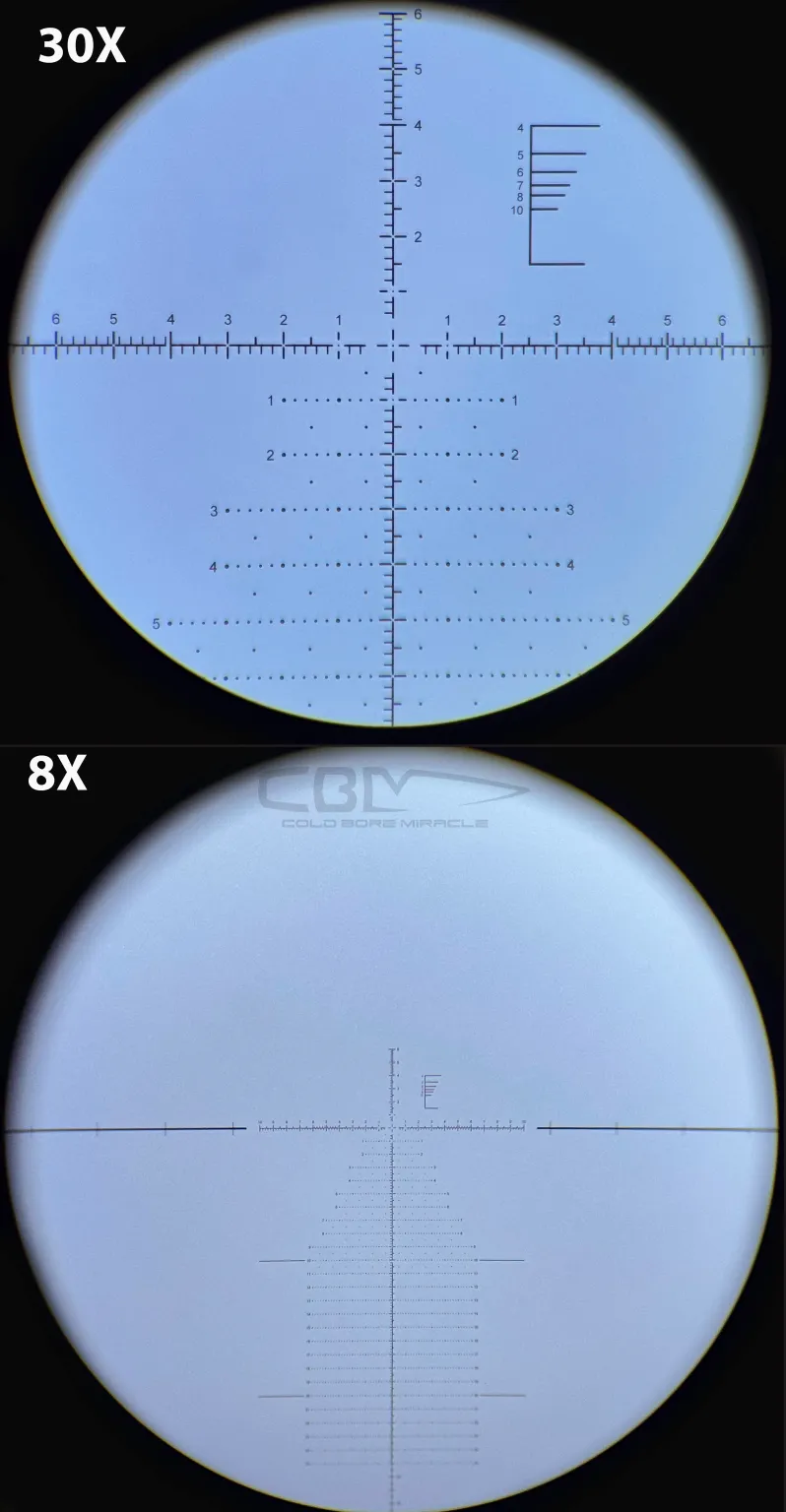
Pros and Cons
There is a lot to like about this scope. If the bright imagery and clarity aren’t enough to get you excited, then robust turrets and their function should. This scope envelops most if not all of the popular features for long-range shooting and it still comes in well under the $1000 price point. With great included accessories and all these features the Vector Continental 6-36×56 is a great deal. And they come with a great repair or replace warranty that matches the standard for quality optics.
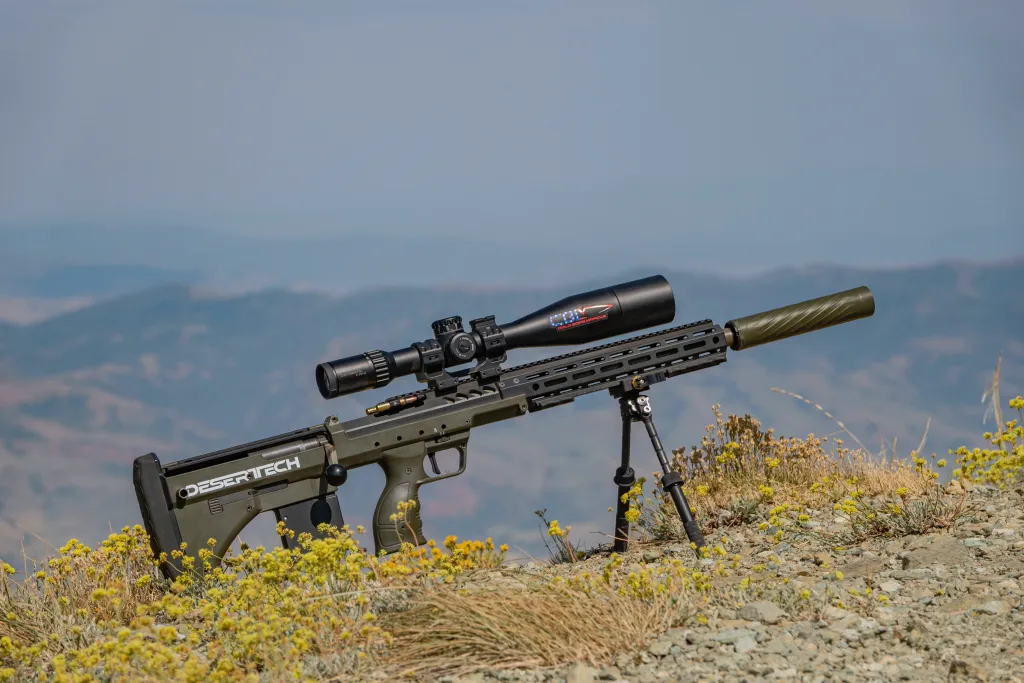
besides the Continental scope, this rifle incorporates an Anechoic 35 suppressor, and Atlas Bipod
If there is a downside to these scopes, I suppose many would say it is it’s source. As Americans we like to buy products from our fellow compatriots, or at a minimum from our friendly allies. Vector Optics come from China, which might be reason enough not to buy them for some. If you don’t mind the spawn-point, you will find an affordable option with excellent performance.
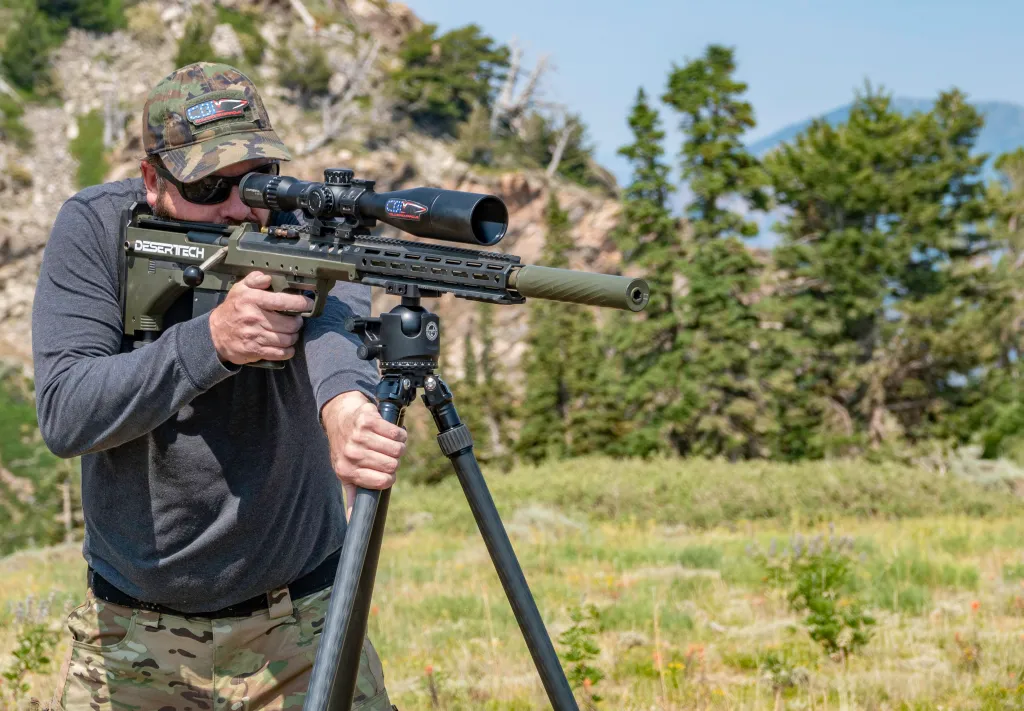
Concluding Thoughts
I have been very happy with this line of riflescopes, and I expect to keep them busy for years to come. It is very impressive how much value you get from these scopes, and it definitely has shown how the Asian optics manufacturers have upped their game. Had I not known where these scopes came from, and if they’d had the branding of a European scope, I might have believed they came from Germany or something. So if you have filet mignon taste, but a bowl of rice budget, you might find these scopes fit right into your shooting plans.







